Huaxia dresses brilliantly for thousands of years. How rich is the Chinese traditional wear? Follow the INSTITUTE FOR PLANETS to enjoy a journey through a thousand years of Chinese costumes.
Huaxia Dresses - Prehistory to Shang & Zhou Period
Looking back tens of thousands of years ago, human beings learned to sewn clothes with Guzhen (骨针, bone needle).
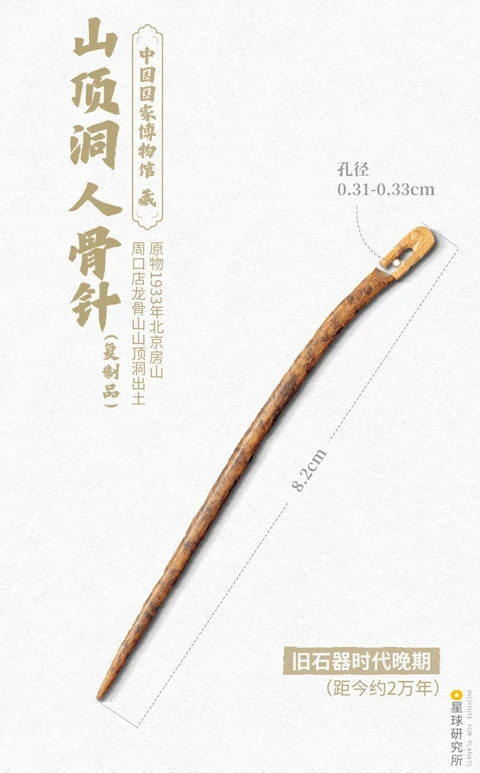
National Museum of China Collection
Perhaps inspired by making ropes and bamboo baskets, around 7,000 B.C., Chinese ancestors began to weave fabrics with plant fibers. In order to improve the weaving efficiency, the Fanglun (纺轮, spinning wheel) was created that used pottery sheets to rotate inertial for twisted threads.
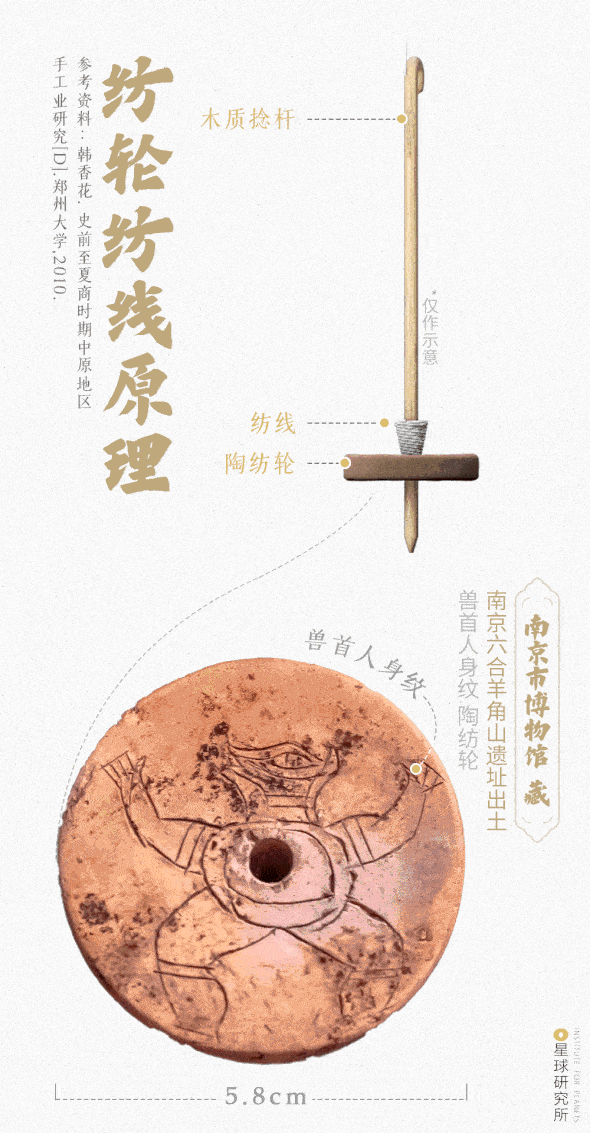
Nanjing Museum Collection
There is also the Yaoji (腰机, waist machine) that is used to bind lines and make them tight and easy to knit.
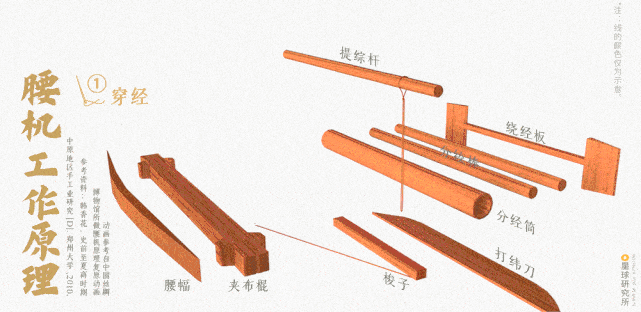
Principle of Yaoji's operation
In that era of extremely backward productivity, it was not easy to get fabric, so the shape of clothes was relatively simple. Two narrow pieces of cloth were directly combined and then tie a straw rope, which may be the daily dress.
With the continuous development of society, the function of clothing has long been more than just covering up and keeping warm, it has also been endowed with a lot of aesthetic concepts, which is the best stage to show oneself.
The exposed parts of the body are matched with a variety of ornaments.
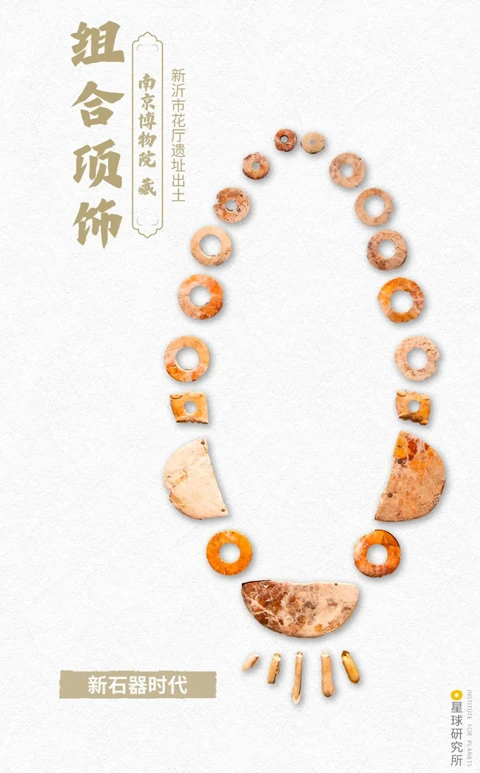
Neolithic Neckpiece - Nanjing Museum Collection
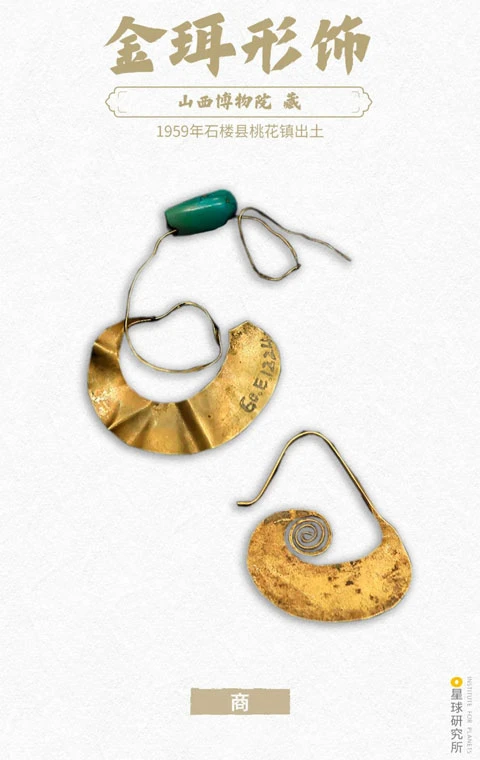
Shang Dynasty ornaments - Shanxi Museum Collection
People also cut and curled their hair, or tied them up in different styles.
Put on ring-shaped forehead hoops or crowns, inserted Faji (发笄, hairpin) or combs, and did their best to dress up.
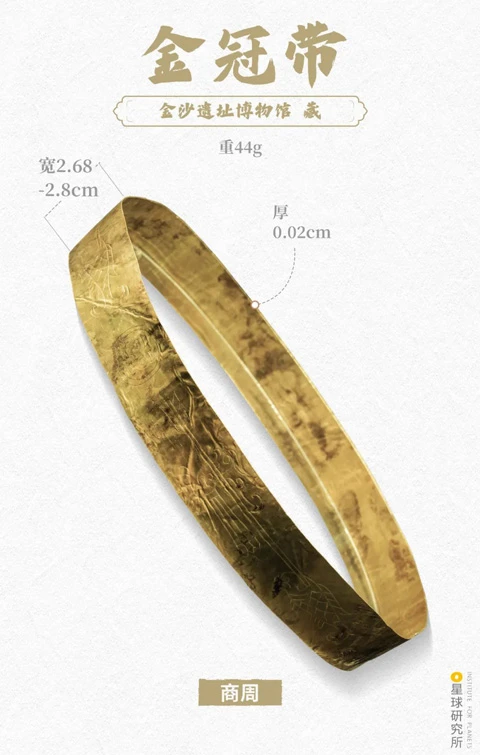
Shang and Zhou period headdress - Jinsha Site Museum Collection
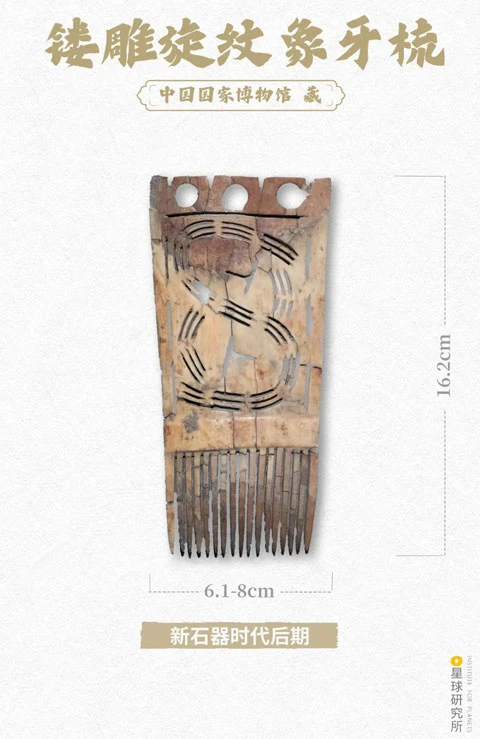
Late Neolithic Ivory comb - National Museum of China Collection
The rich material resources promoted the maturity of the clothing system. During the Shang Dynasty, people commonly wore Jiaoling (交领, cross collar) clothes on top, and skirt-shaped Chang (裳, skirt) on the bottom, forming the mainstream style in the Central Plains of ancient China.
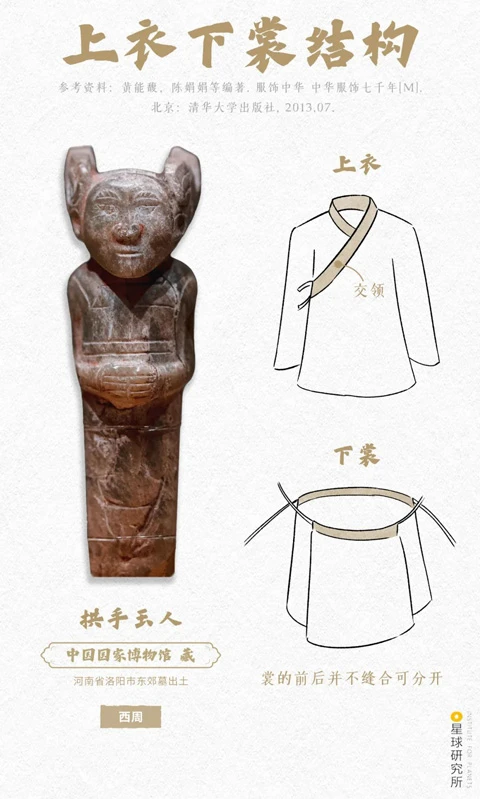
Shang Yi Xia Chang (上衣下裳)
Among the diverse details of the design, practical functions are not prominent but perhaps can express people's inner aspirations for a better life. And only those standing at the peak of power can enjoy the most luxurious dress.
Shang & Zhou Period to Qin & Han Dynasties
When the country was established, daily clothing slowly integrated into political life, proving people's class and wealth.
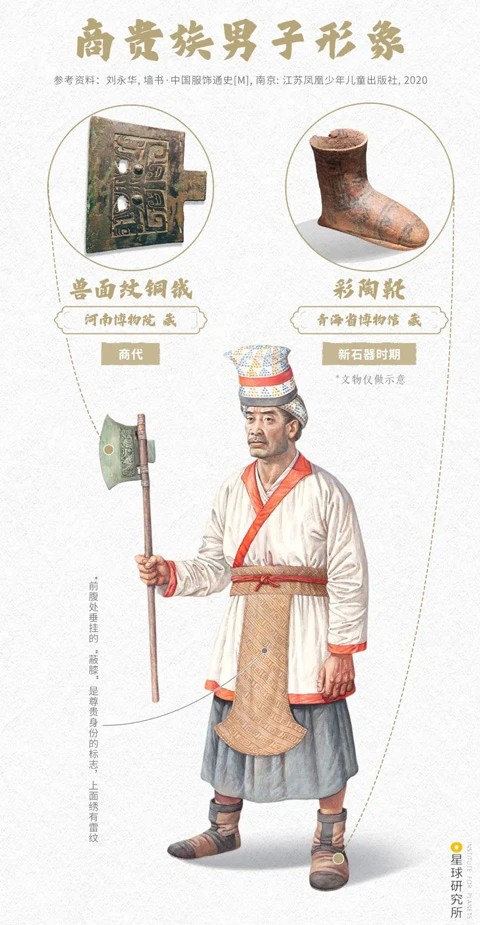
Shang Dynasty Noble Men Figure
Gema (葛麻), which can grow everywhere, is mainly used by civilians. Precious silk was the source of clothing for the nobility, and the jade ornaments worn on the body could represent the origin of the owner.
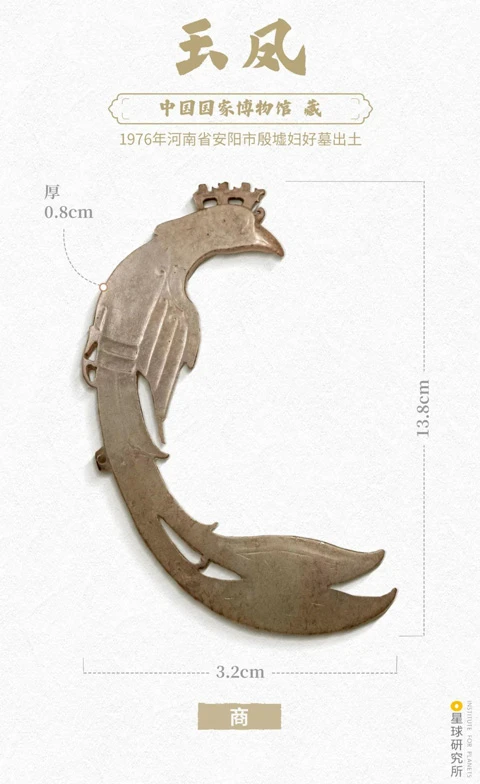
Jade phoenix - National Museum of China Collection
The number of patterns on the clothing can represent the nobility of the owner, and the more cumbersome and inconvenient the clothing is, the more it can reflect the identity of the nobility.
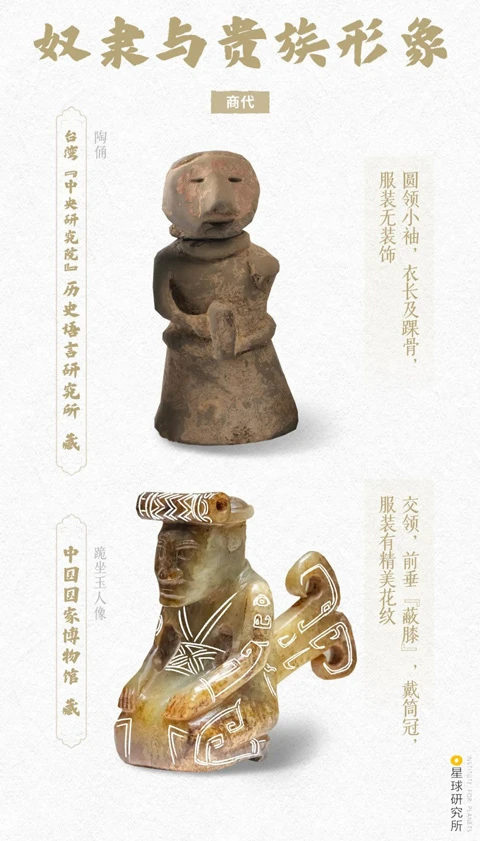
The difference between the figures of slaves and nobles in Shang Dynasty
With the progress of dyeing technology, color can also reflect class. In the theory of Yinyang-wuxing that emerged in the Spring and Autumn and the Warring States, the five colors of Hei (黑, black), Bai (白, white), Chi (赤, red), Qing (青, green), and Huang (黄, yellow) corresponded to the Wuxing (五行, five elements) as the normal color, symbolizing dignity.
In order to better rule the lower class, the Zhou Dynasty even monopolized special styles and colors, and built a huge uniform system, which became an important symbol of feudal society for thousands of years.
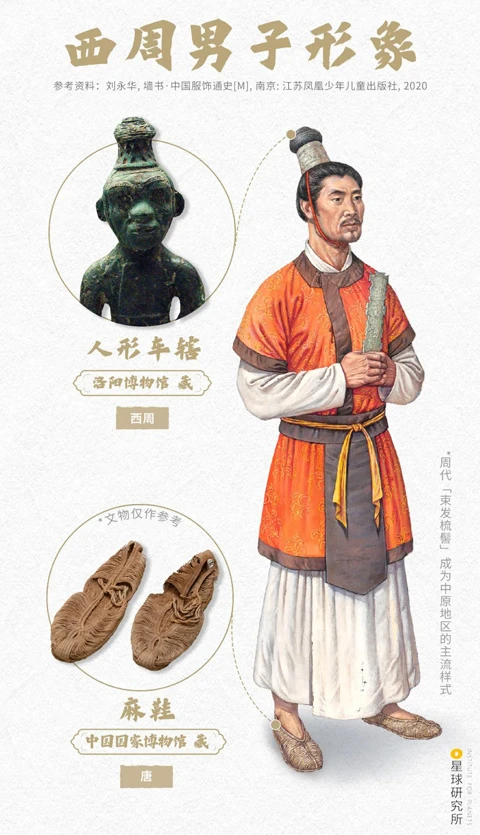
Western Zhou Man Figure
Among them, the top is the Guanmian (冠冕, crown) system used for national sacrifice occasions, which contains a lot of symbolic significance.
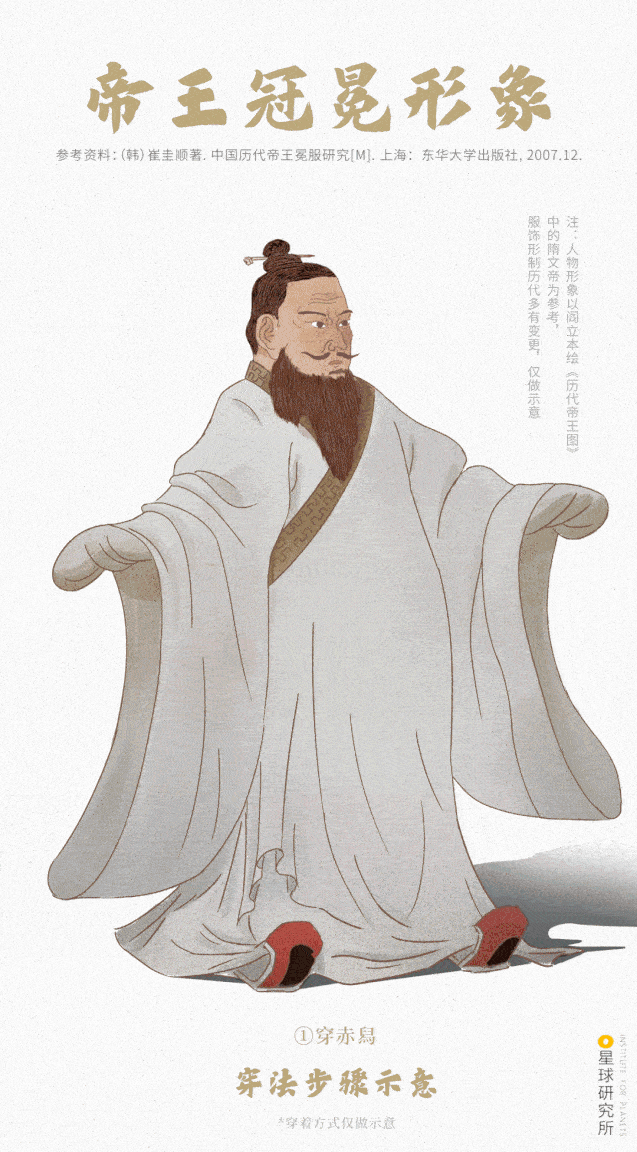
Imperial Guanmian Figures
Black on the board of the Mianguan symbolizes heaven, and red under the board symbolizes the earth. The overall low front and high back high means humility. The lower reel is inserted with Yuji (玉笄) and there are beads hanging at both ends, which means not to listen to slander. On the board, Chuiliu (垂旒) hangs five-colored jade beads with colorful silk ropes, which means to conduct in a proper manner.
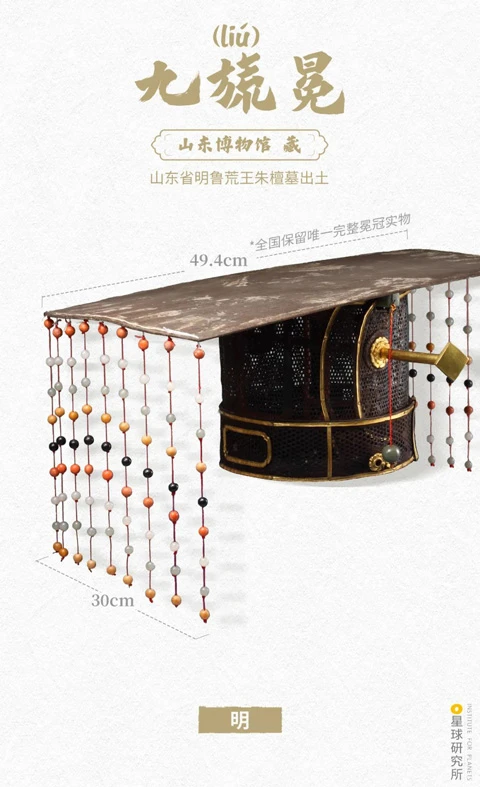
Shandong Museum Collection
The Guanmian uniform is divided into six types according to different occasions, the cuffs are wide and the waist is tied with various decorative items.
The most special thing is the 12 patterns embroidered and painted on the clothes, which encompass all things in heaven and earth to symbolize the ideal imperial character.
The emperor in this dress can only sit upright, as if exuding detached secular mysterious power, and other people's clothing specifications cannot be exceeded. Such complicated etiquette extends to all aspects and forms various customs among the people.
However, the shackles of the system cannot curb people's pursuit of beauty. During the Spring & Autumn Period, and the Warring States Period, the Zhou royal family declined. In order to strengthen their strength, the vassal states urge the development of the silk weaving industry, and the textile industry flourished.
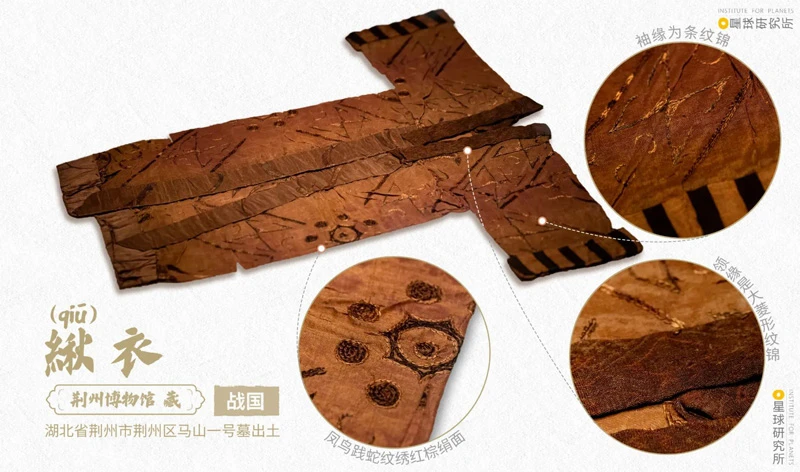
Jingzhou Museum Collection
Chu (楚), located in the present-day Hubei region, stunned the world with its singular and magnificent weaving patterns.
Qi (齐), located in the present-day Shandong province, was famous for its exquisite embroidery texture.
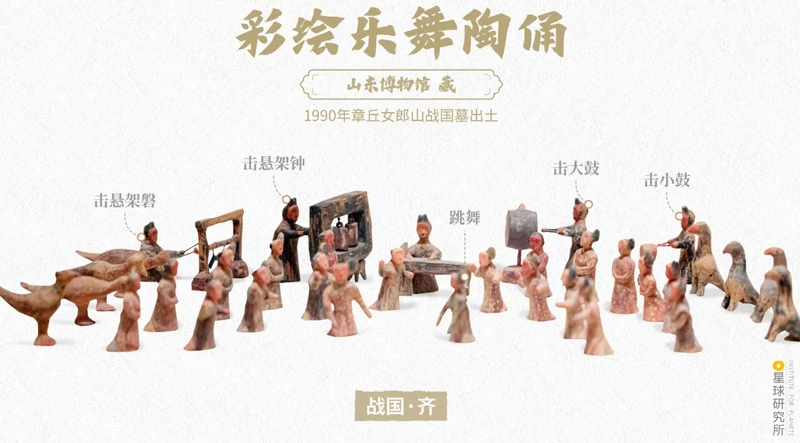
Shandong Museum Collection
The prosperity of the textile industry has changed the distribution pattern of clothing materials to a certain extent. People ignored etiquette and boldly catch up with ancient fashion trends, creatively sew their top and skirt, and create classic clothing Shenyi (深衣) that are popular in the Qin and Han Dynasties, which can be worn regardless of cost or low.
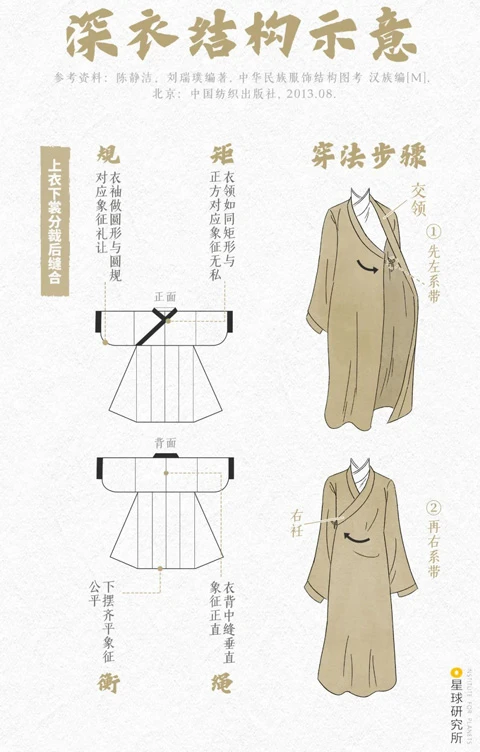
Shenyi structure illustration
The Shenyi with extended lapel and spiral winding is called Quju (曲裾), which is rich in aesthetic characteristics.
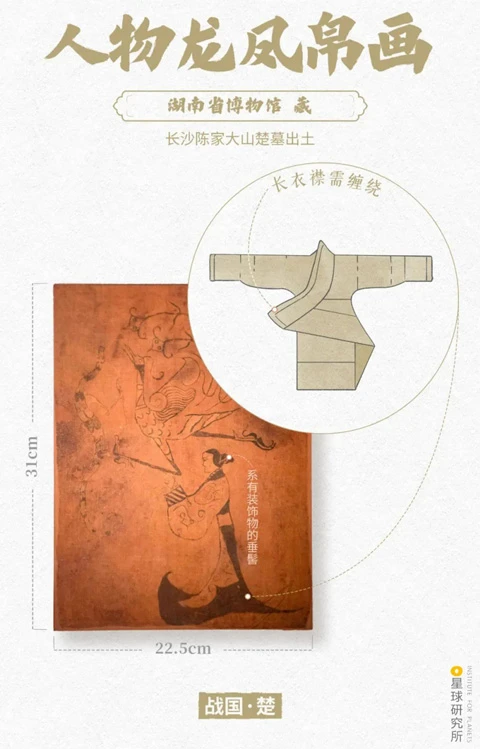
Hunan Museum Collection
In some clothes, there are multiple layers of wrinkles in the cuffs, and the hem is decorated with decorative lace.
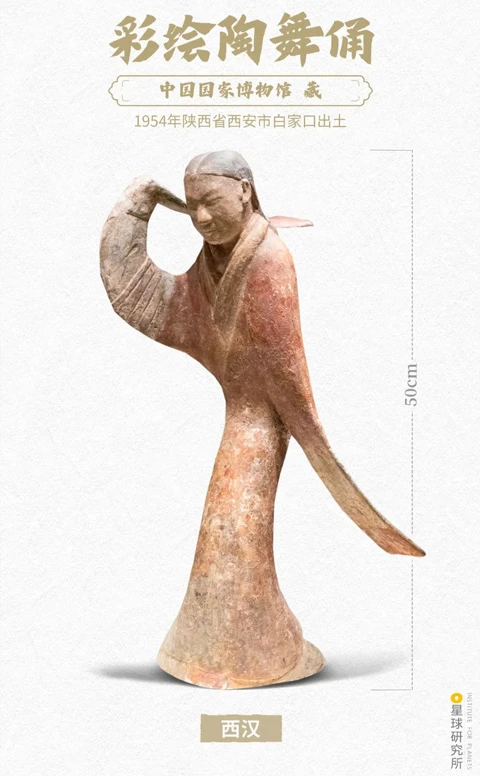
Painted pottery figurines - National Museum of China Collection
The underwear is exposed at the neckline, which is called "Sanchongyi (三重衣)", with three layers of collar can be exposed.
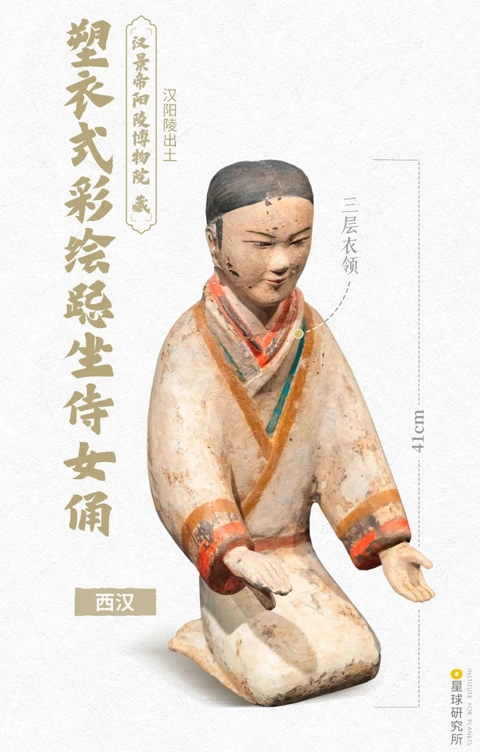
Hanyangling Museum Collection
Men are also equipped with Guanmao (冠帽) and women may tie a Chuiji (垂髻). The overall image is elegant, showing a touching atmosphere.
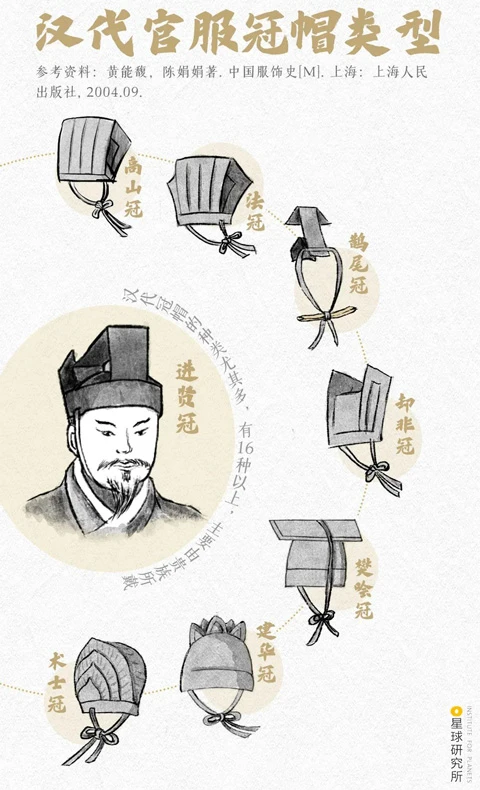
Han Dynasty official hat type
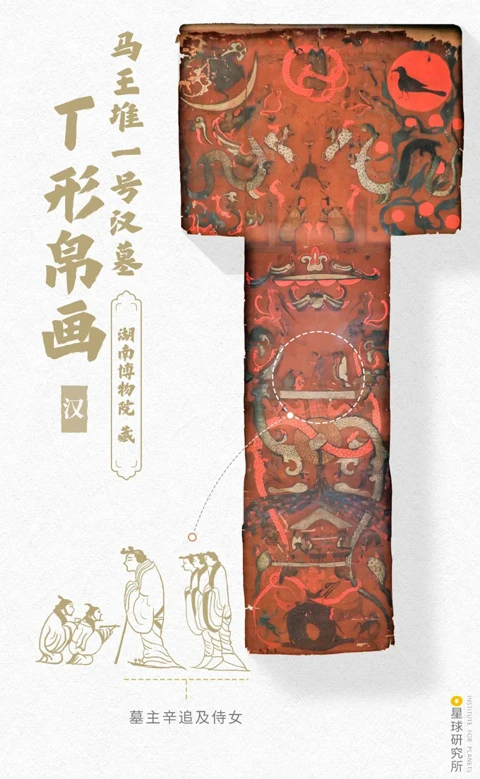
Silk Painting - Hunan Museum Collection
And a more diversified costume will be slowly drawn, in a great change of ethnic intermingling.
Qin & Han Dynasties to Sui & Tang Dynasties
In Xi'an's huge underground Mausoleum of the First Emperor of Qin, nearly 8,000 different forms of terracotta warriors and horses are buried, which is the best true portrayal of the clothing system of this short dynasty, showing the demeanor of the Qin Dynasty more than 2,000 years ago.
They all wear tops and trousers. This shape only appeared on a large scale during the Warring States Period. The "pants" in the Central Plains have no crotch, and they must wear long clothes to prevent them from being exposed.
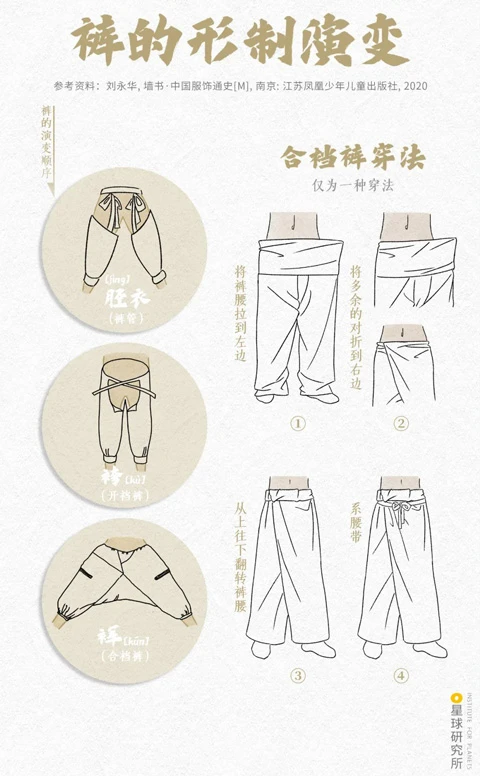
The evolution of traditional pants form
At that time, the nomads of the north were good at arrow shooting on horse. They all wore narrow-sleeved tops and crotch trousers. In order to strengthen the army, the State of Zhao, which was hit by grassland civilization, made a shocking decision, to promote "Wearing Hu Dress and Shooting On Horse" (胡服骑射).
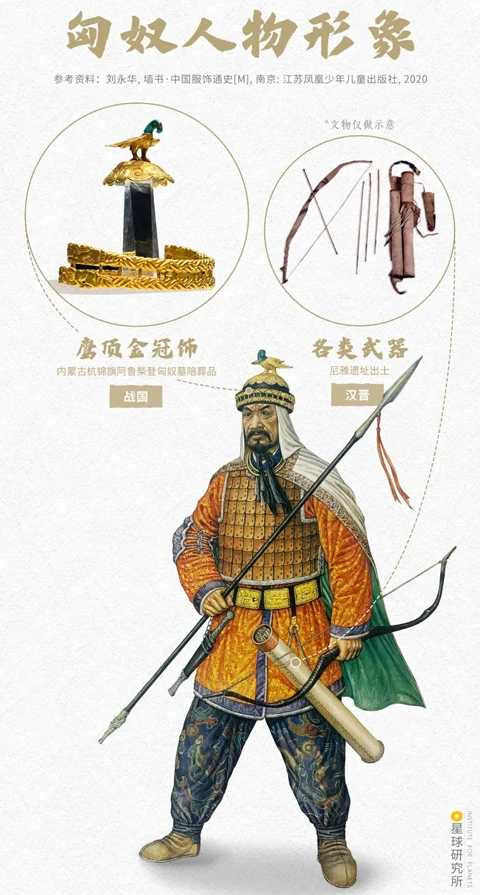
Xiongnu figures
Hu Dress is very convenient for daily activities, once promoted, it became popular among the people. As a result, the military strength of the State of Zhao has soared. This is the first major change in the history of Chinese clothing.
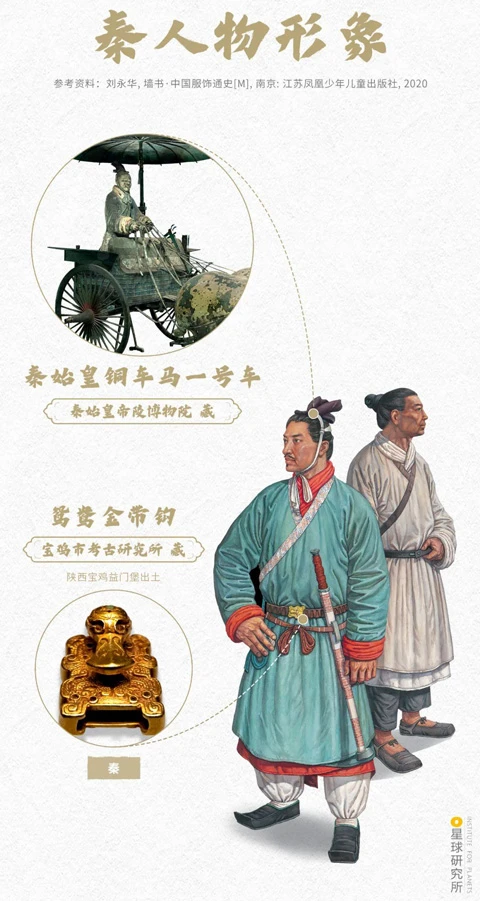
Qin Dynasty figures
With the expansion of the national territory, the trend of diversification has become more obvious. High-end textiles are exported to Eurasia. Among them, the "inscription brocade" that with weave words has been found in Xinjiang.
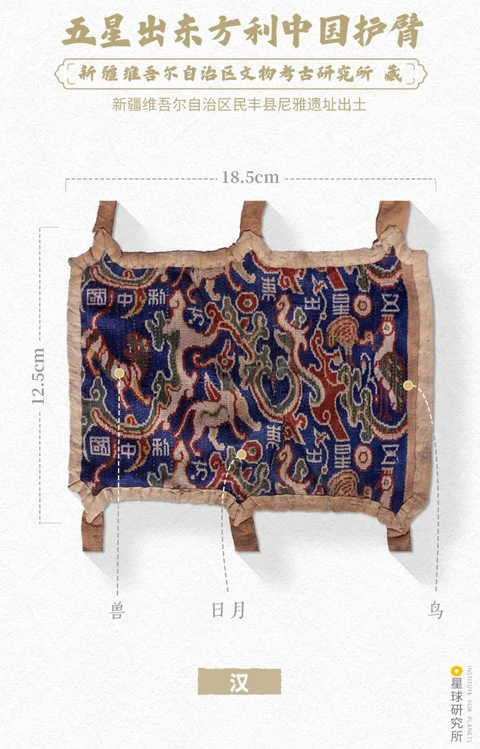
Institute of Cultural Relics and Archaeology of Xinjiang Uygur Autonomous Region Collection
During the Wei, Jin Northern, and Southern Dynasties, there were frequent uprisings and turmoil. More than a dozen grassland ethnic groups went south to the Central Plains, and the Chinese land has ushered in an all-around integration since then.
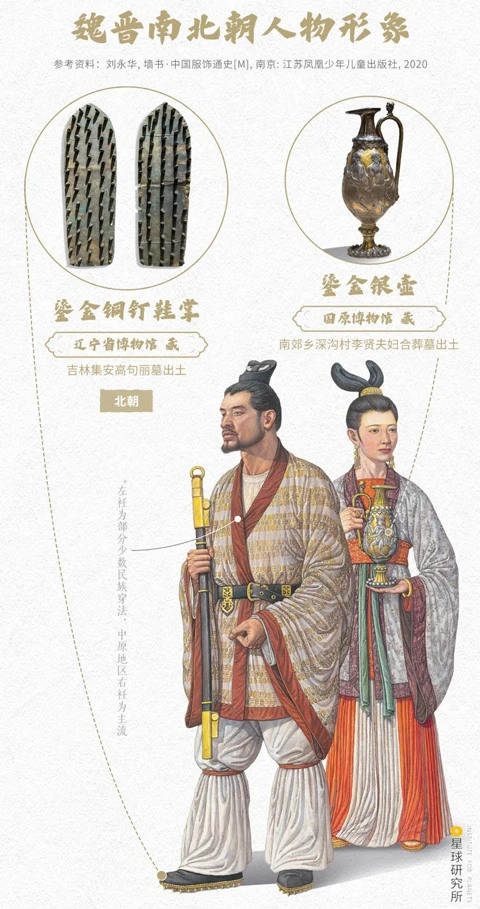
Figures of the Wei, Jin, North and South Dynasties
Bearded clothing became popular and the trouser opening became larger, some were need tied with brocade belts of about 1 meter, shaped like today's flared trousers.
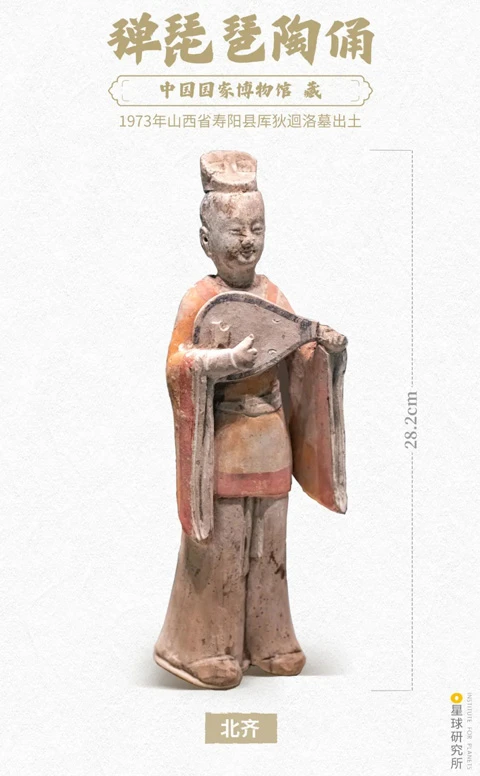
Pottery figurines - National Museum of China Collection
The Daigou (带钩, belt hook) on the belt has gradually changed to a stronger Daikou (带扣, belt buckle), which is used to fix the horse cushion on the horse's back.
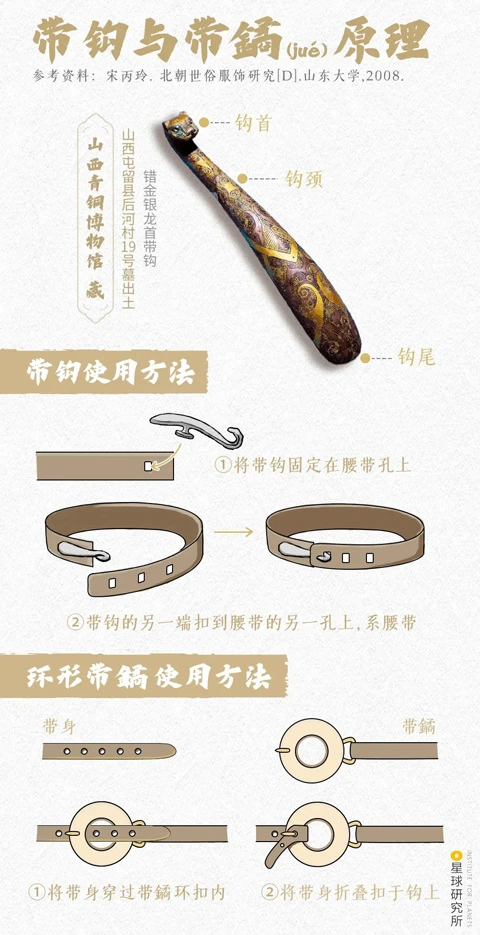
Daigou & Daikou structure illustration
The Diexie Dai(蹀躞带) used by nomads to hang various small objects at the waist is also worn by the Central Plains.
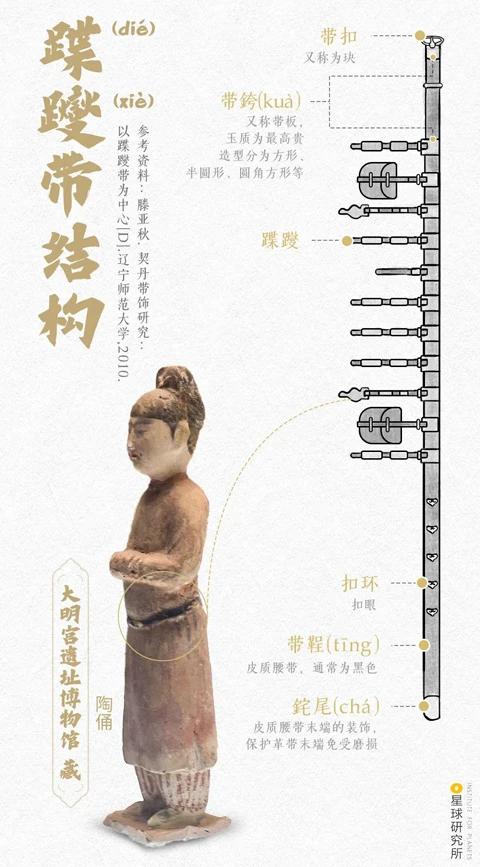
Diexie Dai structure illustration
In addition, Buddhism has developed and strengthened, women's makeup has changed from the light "plain makeup" of face with white and black brows to the "yellow forehead makeup" that imitates Buddha's image.
In this particular era, power struggles are frequent, and metaphysics and Taoism have become refugees. Scholars love to wear loose shirts and even spread their hair in an unruly posture.
Without the constraints of etiquette, human nature can be stretched freely. Women also like elegant clothes, with many ribbons on the belt.
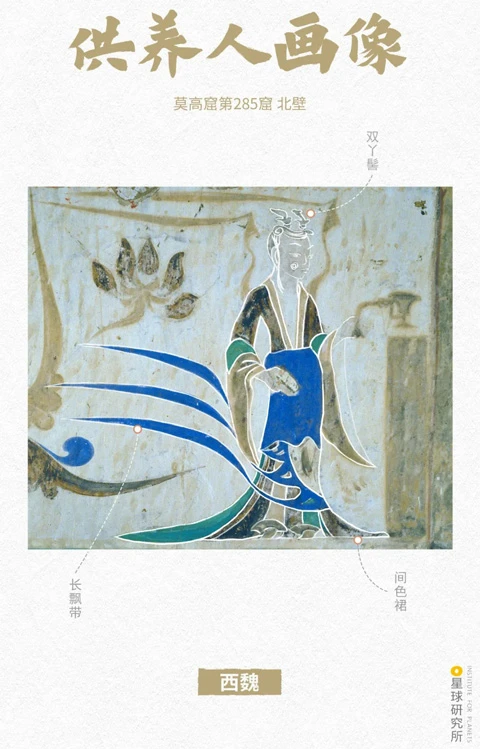
Cave 285 of the Mogao Caves
Cao Zhi, a great genius of the time, depicted the beautiful woman Luo Shen, as one of the representatives.
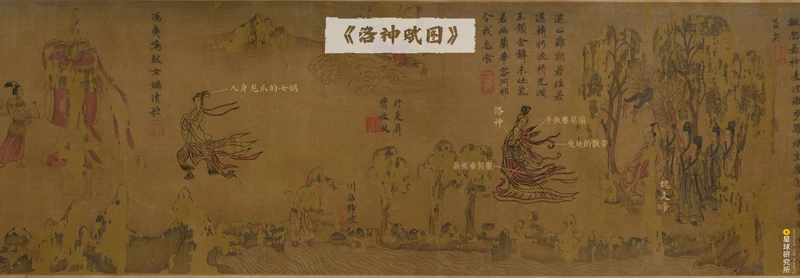
The Picture of the Ode of the River Goddess
Even the carved Buddha statue is influenced by this kind of clothing, from rough and majestic to elegant.
By the 8th century A.D., the unprecedentedly rich and powerful Tang Dynasty empire reached the peak of integration, exchanging with more than 300 countries and regions, and the capital city was crowded with visitors and traders from all over the world.
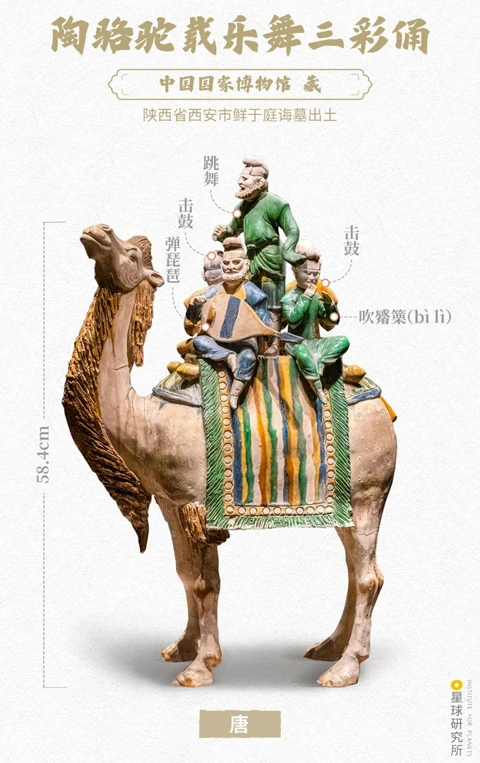
Sancai figurines - National Museum of China Collection
Foreign merchants and ambassadors, dressed in various forms of costumes, were a sight to behold, creating a colorful and diverse social scene.
It’s a popularity that men wear Futou (幞头, soft towel) and wear long boots on feet.
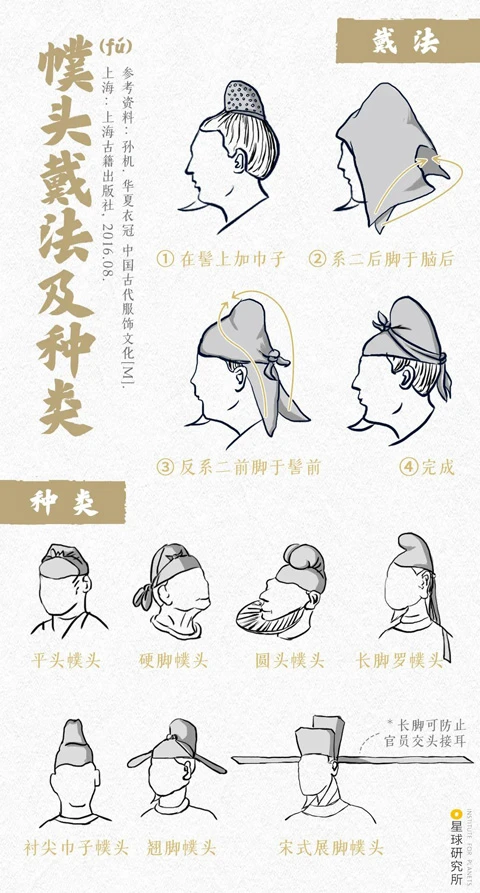
Wearing method and types of Futou
Wear Quekua Pao (缺胯袍) with left and right slits and then tie leather belts around the waist.
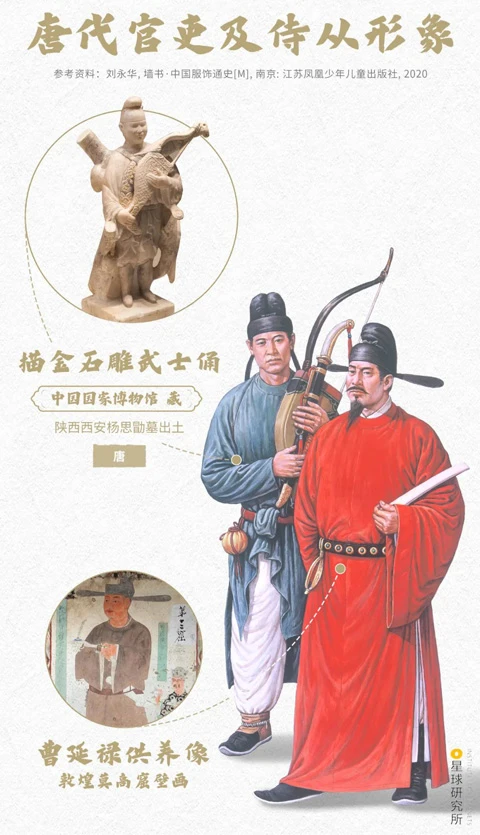
Tang Dynasty officials and attendants
Women's clothing is more diverse. It has become fashionable for women to dress up as men, and they boldly publicize their personalities.
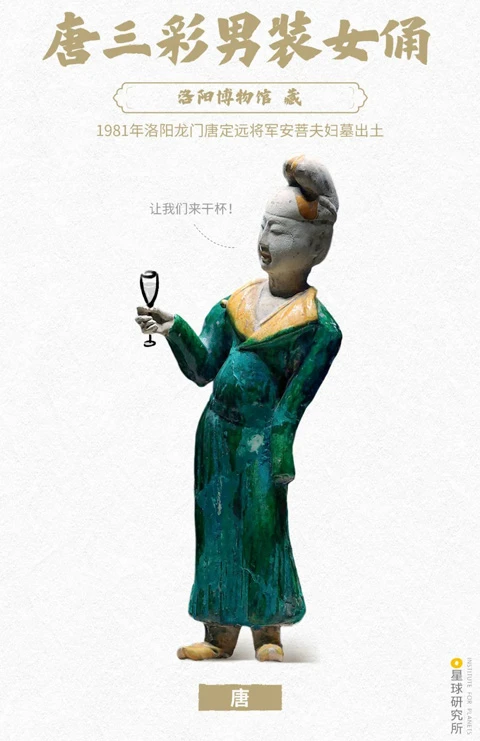
Sancai figurines - Luoyang Museum Collection
The Shanqun (衫裙) of the top shirt and the skirt replaced the Shenyi and was favored by noble women.
Some skirts are as high as above the chest. Putting on a light thin shirt outside and hanging a Pibo (披帛), the looming appearance of underwear is reverie.
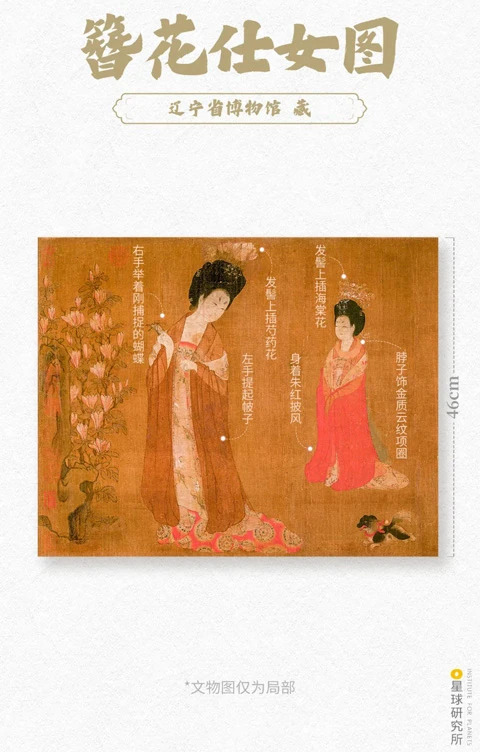
Court Ladies Adorning Their Hair With Flowers - Liaoning Provincial Museum Collection
And wear the Weimao (帷帽) with brims and gauze.
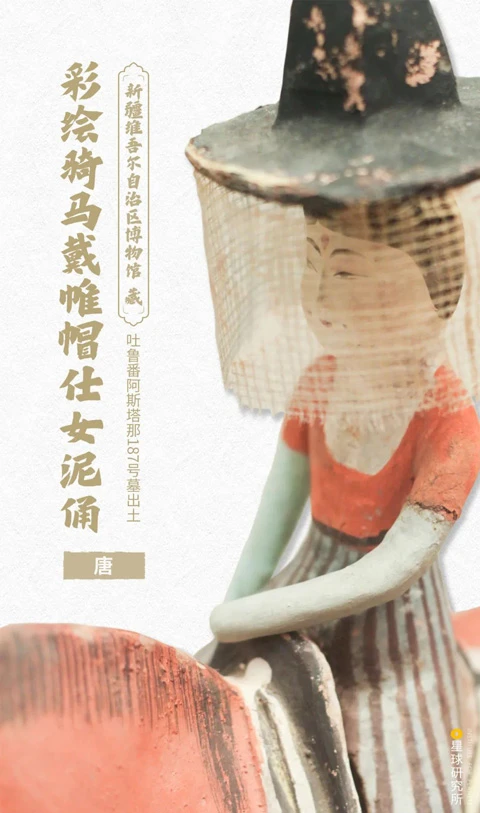
Xinjiang Uyghur Autonomous Region Museum Collection
The types of skirts surpassed the previous generation, and there are many embroidered patterns, which perfectly show the plump figure of women in the Tang Dynasty. Yang Guifei, who was spoiled by Emperor Xuanzong of the Tang Dynasty, wore a "pomegranate skirt" that fascinated everyone.
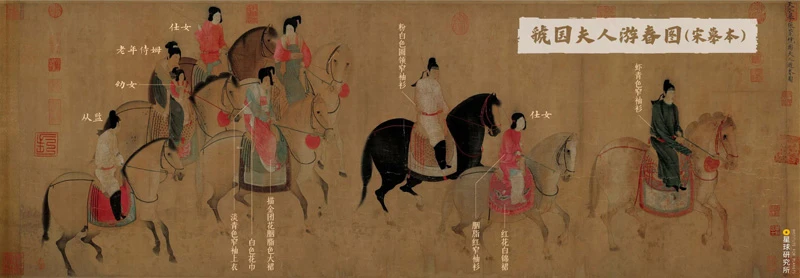
Lady Guoguo's Spring Outing - Zhang Xuan
The hairstyles of women in the Tang Dynasty were also full of endless imagination.
Tang women will embellish their hair with small combs and other accessories.
The overall makeup is very modern, some like the exaggerated "red makeup" with a big measure of area.
"Huadian" (花钿), "Xiehong" (斜红, oblique red), and "Mianye" (面靥, dimple), a wide makeup variety.
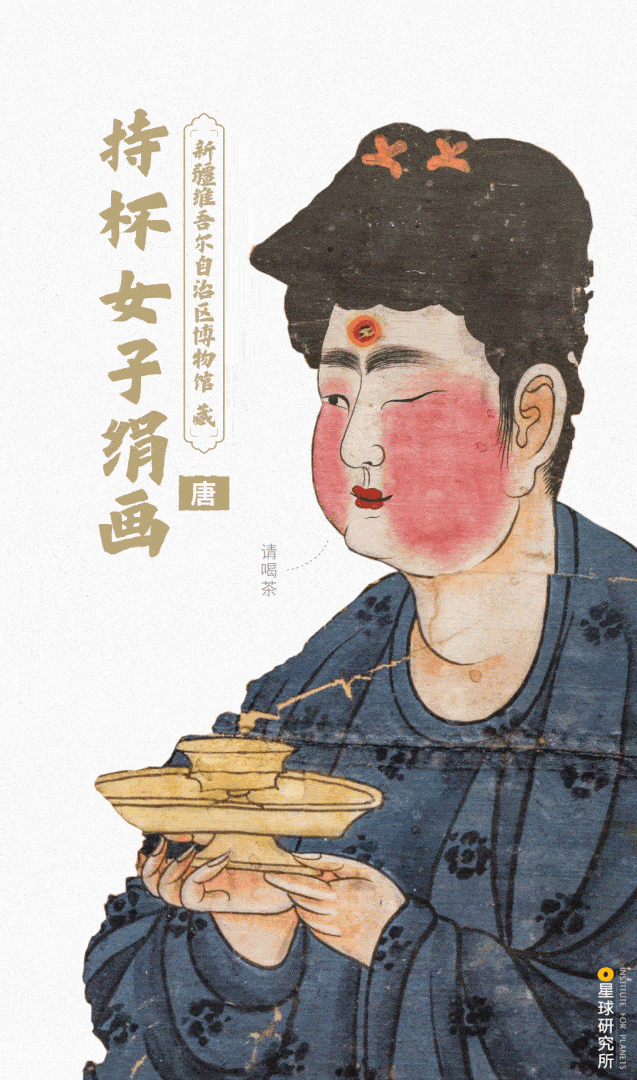
Xinjiang Uyghur Autonomous Region Museum Collection

Makeup steps for women in Tang Dynasty
In addition, the cloth pattern is influenced by foreign culture and combines a typical Tang style, which is mostly adopted by both the court and the people.
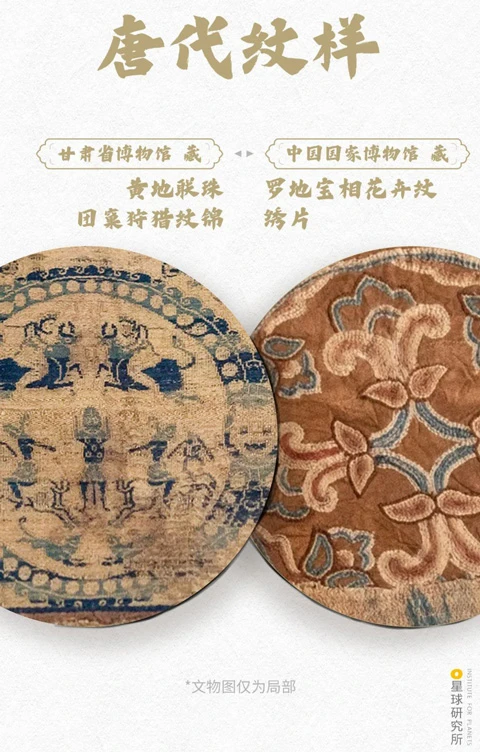
Tang Dynasty Motifs
This is really an era that seems surprising today. It is extremely open and inclusive, and embodies the unparalleled self-confidence generated by the strength of the country.
In the ups and downs of history, this self-confidence has not continued, and the clothing shape has gradually returned to elegance, which has worn away the grandeur of the Tang Dynasty, which also means that it will become more exquisite and mature.
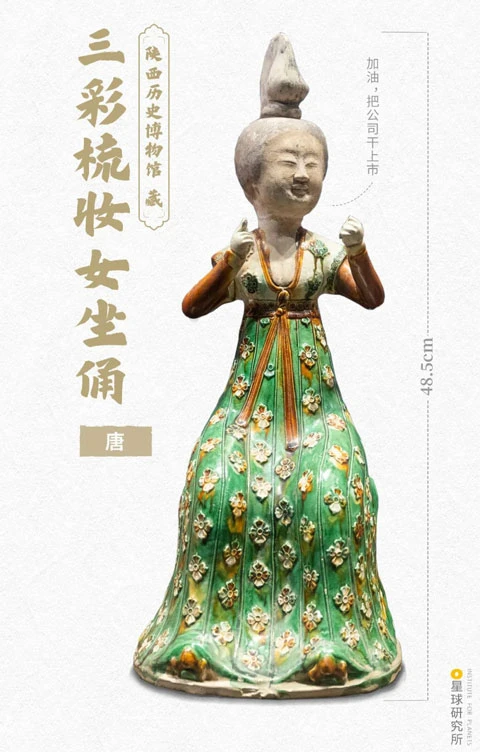
Shaanxi History Museum Collection
Song & Yuan Dynasties to Ming & Qing Dynasties
After experiencing the chaos and turmoil at the end of the Tang Dynasty, the social outlook of the Song Dynasty has been very different. Cheng–Zhu school, which advocates "preserving natural reason and destroying human desire", became an important social trend of thought at that time, and inherited the simplicity of the Daopao (道袍, Taoist robe) of the previous generation of men's clothing.
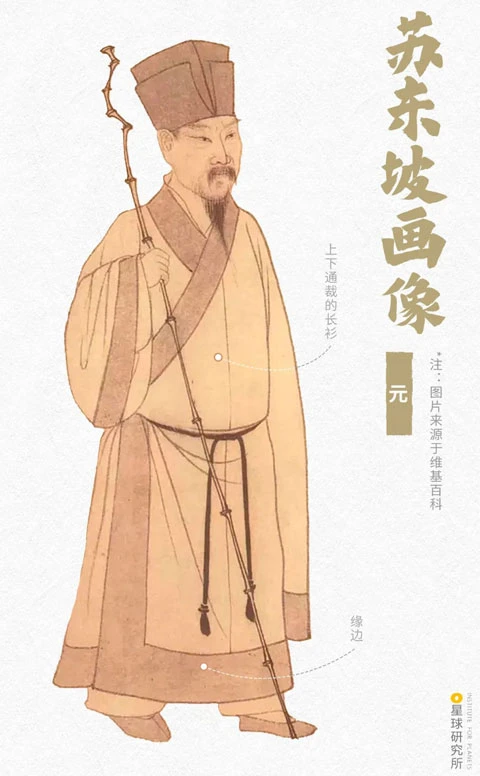
Portrait of Su Shi
There are more and more rules for women, and even foot binding. Slenderness has become the mainstream aesthetic of women. Wearing a Beizi (褙子) that highlights the thin figure has become fashionable clothing.
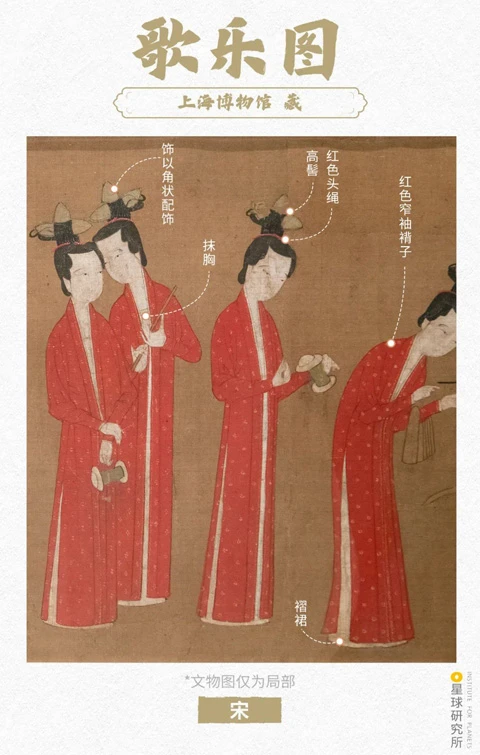
Beizi in painting Ge Le Tu - Shanghai Museum Collection
After a hundred years of economic development, the overall prosperity of the Song Dynasty surpassed the Tang Dynasty to reach the peak of previous dynasties. At that time, there were more than 100 kinds of clothing-related industries in Kaifeng, Dongjing, and the civil class was extremely active.

Along the River During the Qingming Festival
The rigid traditional etiquette can't suppress people's restless hearts more and more. In order to show wealth and beauty, people pay more attention to the details of clothes, especially the neckline and front, weaving gold thread or exquisite embroidery, showing luxury in a low profile.
In 1243 A.D., a 17-year-old girl passed away. The grieving relatives put up to 354 pieces of clothing and silk fabrics in her tomb, covering almost all high-end fabrics, ranging from underwear to socks.
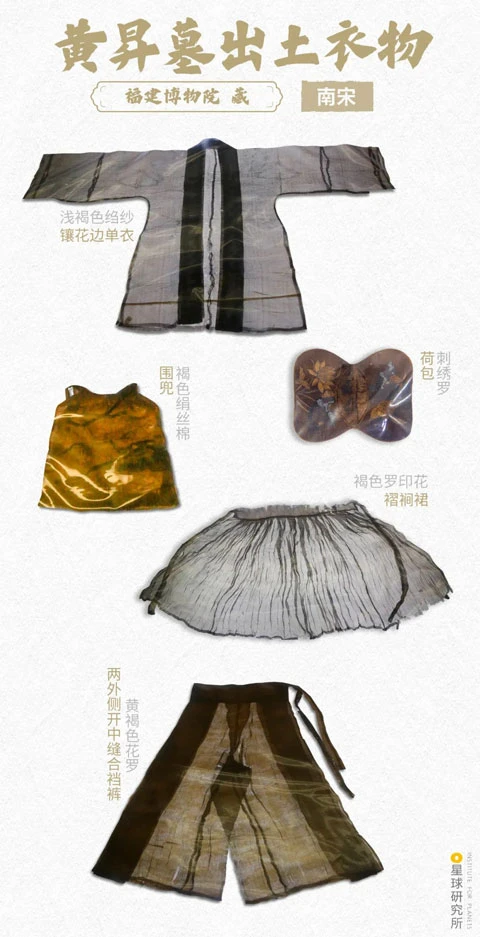
Huang Sheng Tomb Excavations - Fujian Museum Collection
This exquisiteness and gorgeousness are also clearly reflected in the hairstyle of women in the Song Dynasty. In order to comb a tall bun, the shop specializing in selling "wigs" appear in Song Dynasty. The inserted headwear is getting bigger and bigger, and sometimes it is decorated with seasonal flowers.
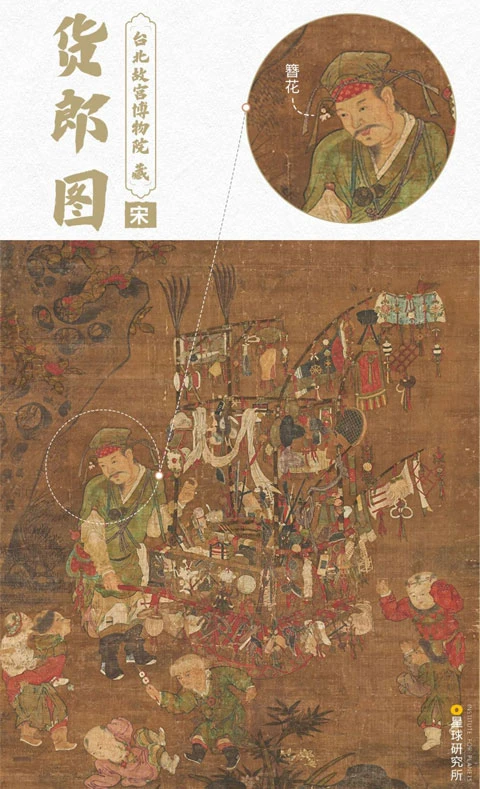
National Palace Museum Collection
By the Yuan Dynasty, Mongolians, whose style was very different from that of the Central Plains, were also quickly infected by exquisite life and luxury style. They used a lot of cloth made of gold thread. The nobles not only wore dazzling golden brocades but also did not let go of bedding and tents.
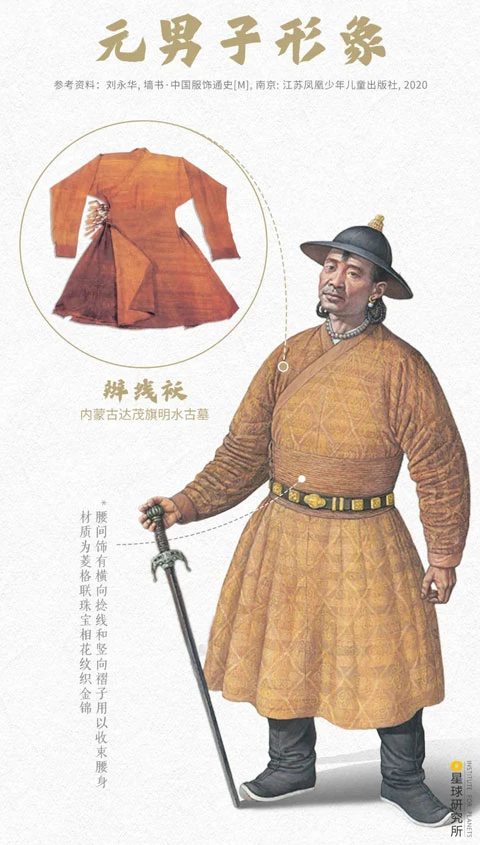
Yuan Dynasty Man Figure
The quality and variety of clothing in the Ming Dynasty were more vigorous. At that time, the well-known product Nanjing Yunjin (南京云锦, cloud brocade) needed to be woven in gold threads and animal feathers, so it had the reputation of "an inch of cloud brocade values an inch of gold".
If making special robes, the complexity is even more shocking. It requires a two-story loom, and it can only be woven 2 inches a day.
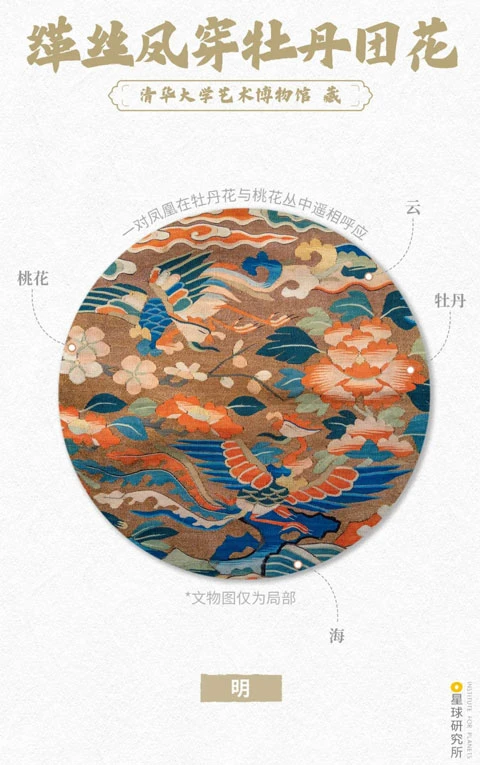
Tsinghua University Art Museum Collection
Thanks to the superb metal production process of the craftsmen, many accessories are exquisite.

Ming Dynasty Ornaments
The "Nine Dragon and Nine Phoenix Crown" worn by Empress Xiaoduan of the Ming Dynasty is welded with gold wire stacking technology. There are more than 100 natural rubies and more than 5,000 pearls in the crown.
In addition, the clothing patterns of the Ming Dynasty are also rich, which carefully depict many auspicious meanings.
This kind of symbol reached the extreme in the use of official uniforms in the Ming Dynasty. At first, it inherited the Tang system to divide the official uniform into three grades with colors, and then used embroidery products of 40cm in length and width to distinguish the ranks of civil and military officials. The civil official used bird patterns to symbolize literary talent, and military officials used animal patterns to symbolize courage.
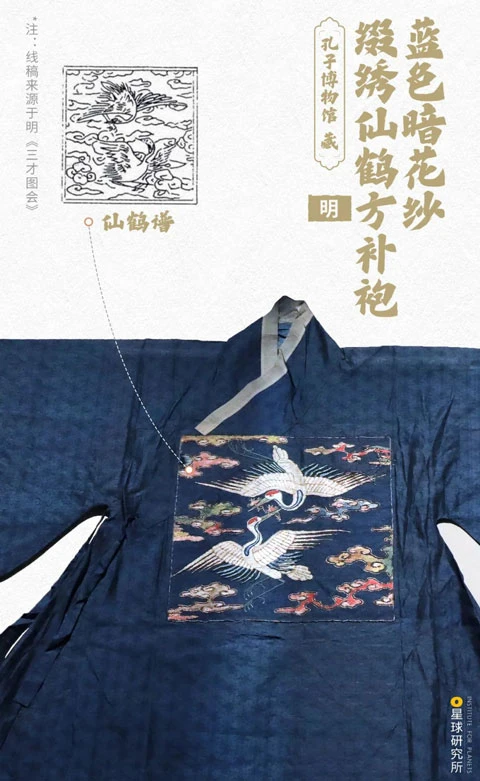
Confucius Museum Collection
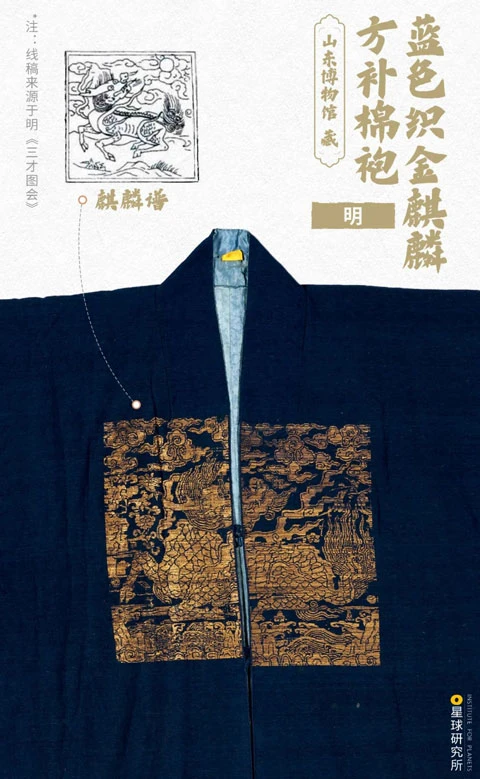
Shandong Museum Collection
They all wore black gauze hats with wings behind their crowns.
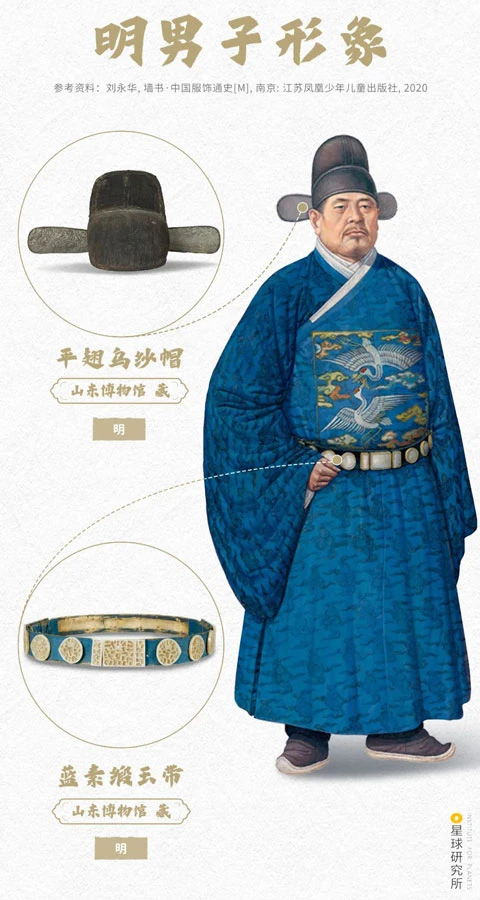
Ming Dynasty Man Figure
Zheng He, a eunuch who has gone to the West seven times, with a huge team of nearly 30,000 people, like a large clothing exhibition group in the Ming Dynasty, sailed to different countries, bringing Chinese clothing and aesthetics.
The exquisiteness and gorgeousness of all kinds of styles is the temperament of clothing in the whole Ming Dynasty, which can be regarded as a model of ancient Chinese clothing art.
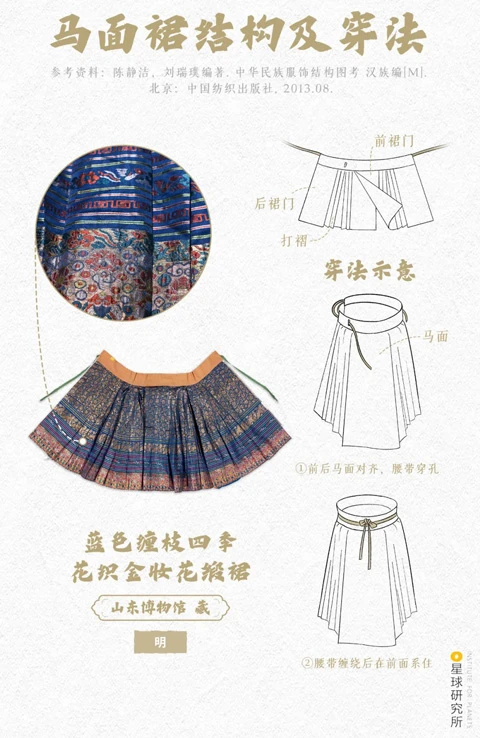
Mamian Qun
By the Qing Dynasty, textile craftsmanship continued to improve. Emperors and nobles advocated luxury styles, and the exquisiteness and gorgeousness of clothing had reached the peak in ancient China. There were countless kinds of fabrics, countless fabric colors, and countless exquisite ornaments.
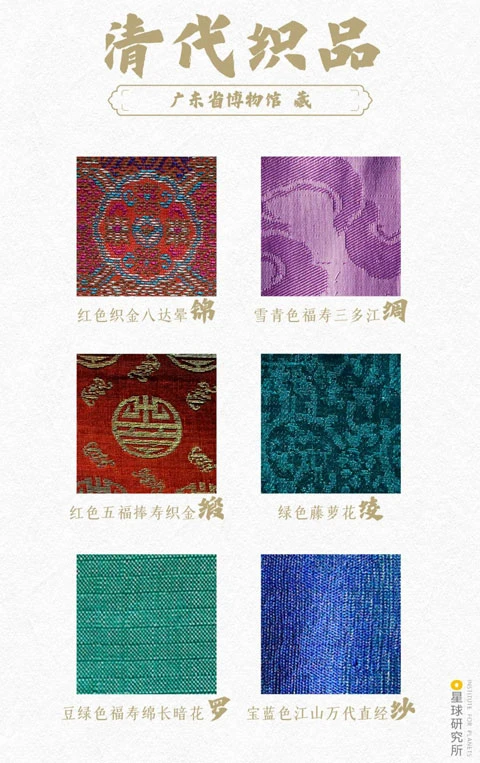
Qing Dynasty Weaving
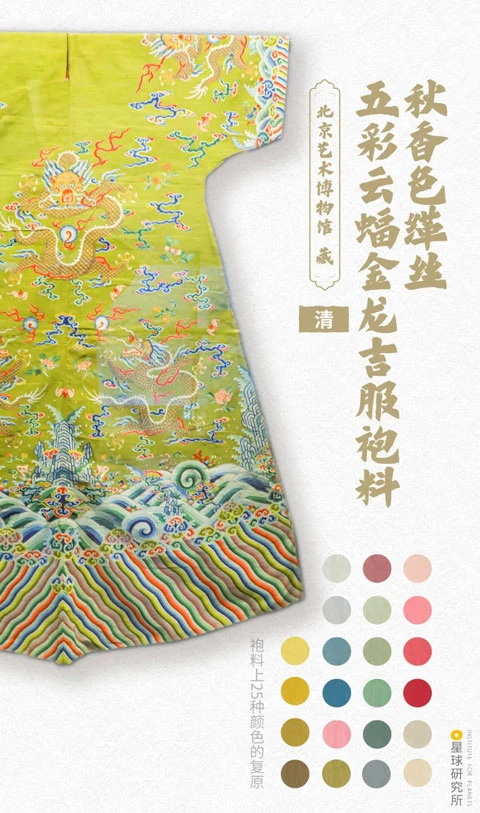
Beijing Art Museum Collection

Qing Dynasty Ornaments
Buttons that appeared in the Song and Yuan Dynasties began to replace lacing to be widely used in clothing, and styles such as Liling (立领, standing collar) also appeared in large numbers, opening up a new look of clothing.
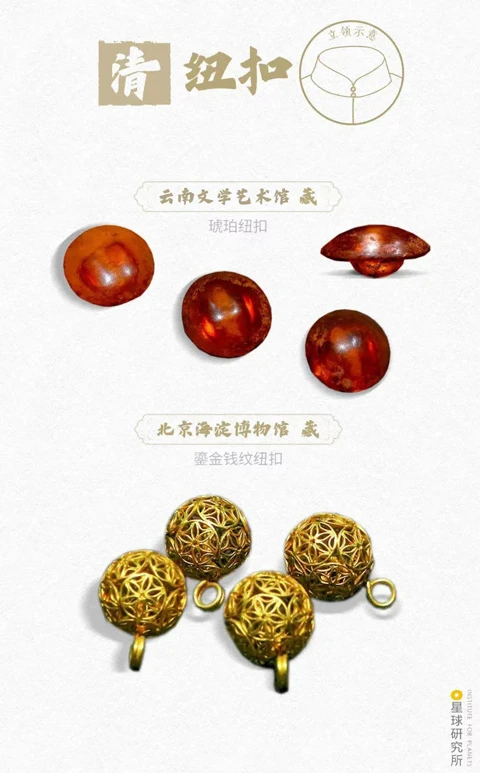
Qing Dynasty Buttons
However, it is regrettable that when the rulers of the Qing Dynasty entered the customs, they strictly ordered the Han people to wear Man dress and shave their hair and braids.
Under the yellow tiles and the vermilion wall, the emperors and ministers who came and went wore clothes with great Manchu characteristics and used etiquette with great Manchu characteristics.
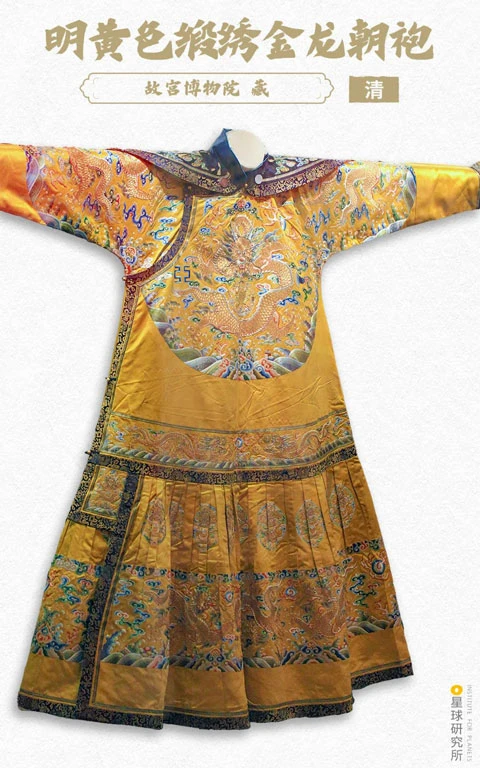
Dragon robe - The Palace Museum Collection
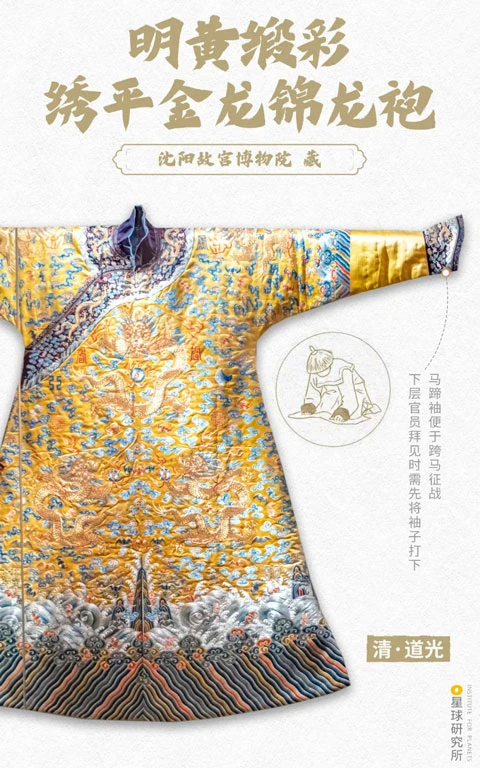
Dragon robe - Mukden Palace Collection
Manchu women in the palace step on the "flower pot bottom shoes", wear straight-legged robes, and commonly dress up with Qi Tou (旗头).
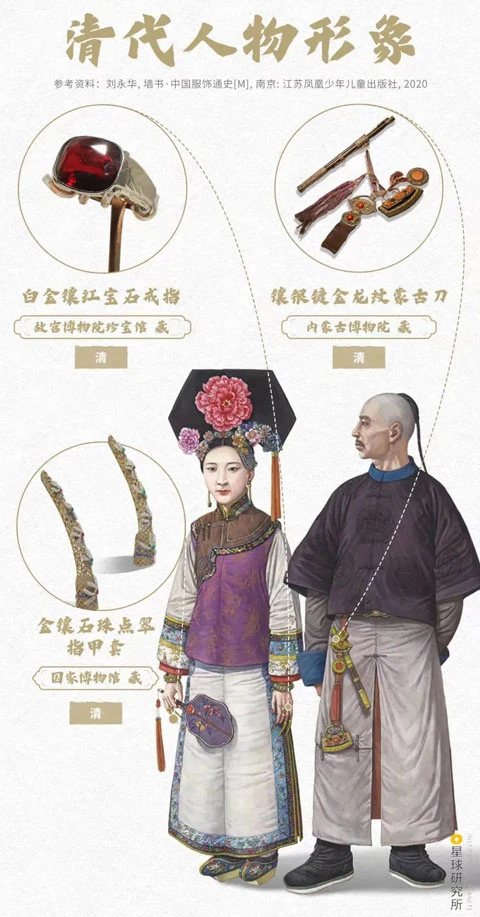
Qing Dynasty figures
Han women, wearing Mamian Qun (马面裙) and Mudantou (牡丹头, peony head) inherited the last style of the Ming Dynasty.
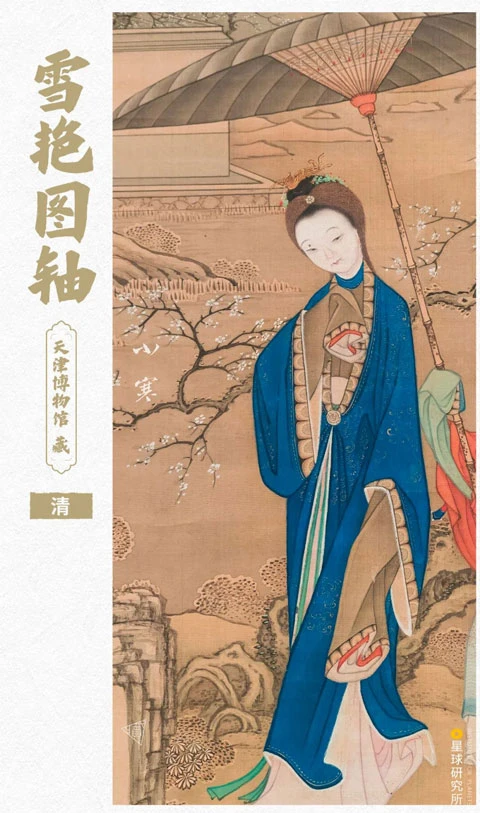
Tianjin Museum Collection
With the end of China's last feudal dynasty, the history of ancient Chinese hanfu came to an end. Women started wearing cheongsam, and men cut braids or wore suits, a new era came.
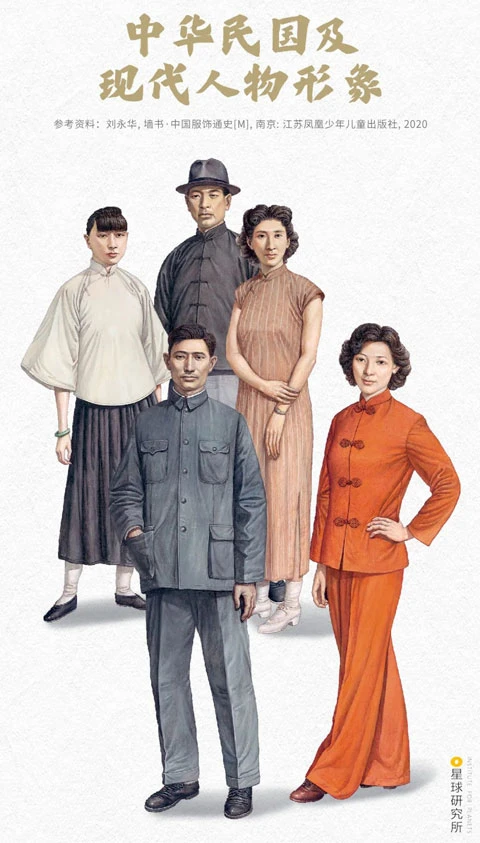
Figures of the Republic of China and Modern Times
Epilogue
So far, this 7,000-year-old fashion show has ushered in the most familiar appearance.
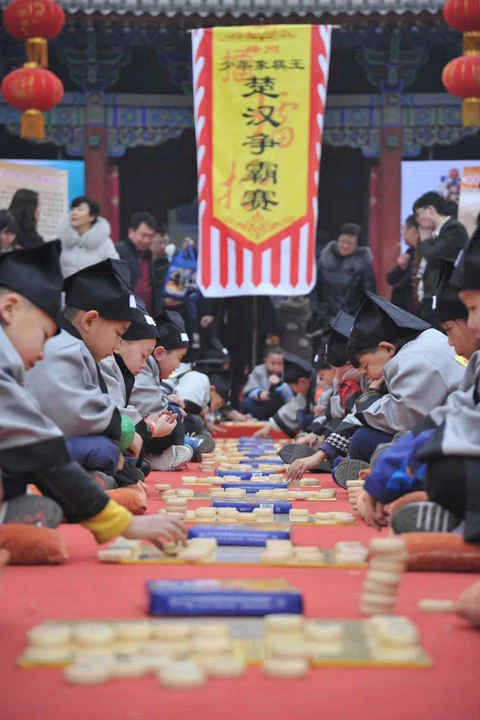
The feudal confinement of the past has long been gone forever with the passing years. And the beauty of the past, with hundreds of millions of ancient clothes, rotten underground and no longer shines in the past.
In order to reproduce the true face of ancient costumes, countless experts and scholars worked hard to restore the surviving cultural relics one by one, so that beautiful Huaxia dresses can be displayed in the world again.
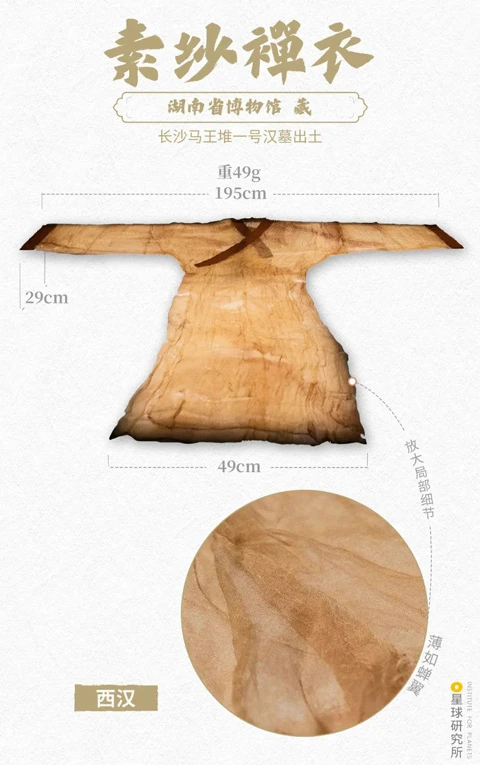
Su Sha Dan Yi - Hunan Museum Collection
As the saying goes, "China has great etiquette, so it is called Xia; it has the beauty of clothing, so it is called Hua". The thousand-year-old Chinese dress is immersed in the light and dark of the times, accumulating the brilliance of civilization, and highlighting the ups and downs of the world. This is the colorful Huaxia dresses and the beauty of China that should not be forgotten.
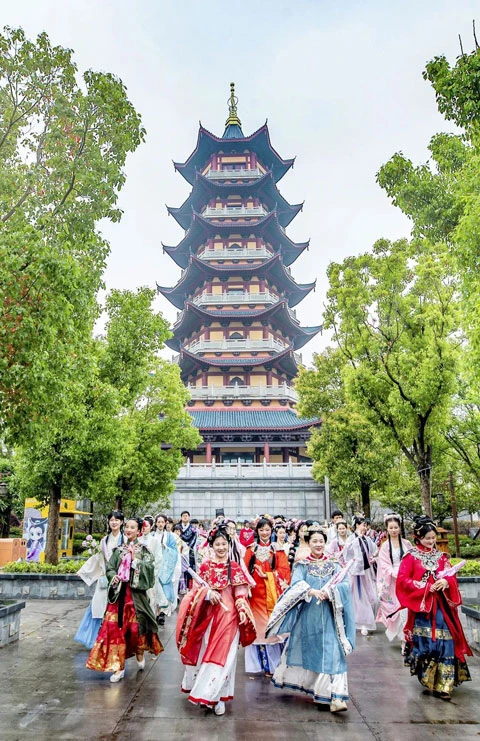
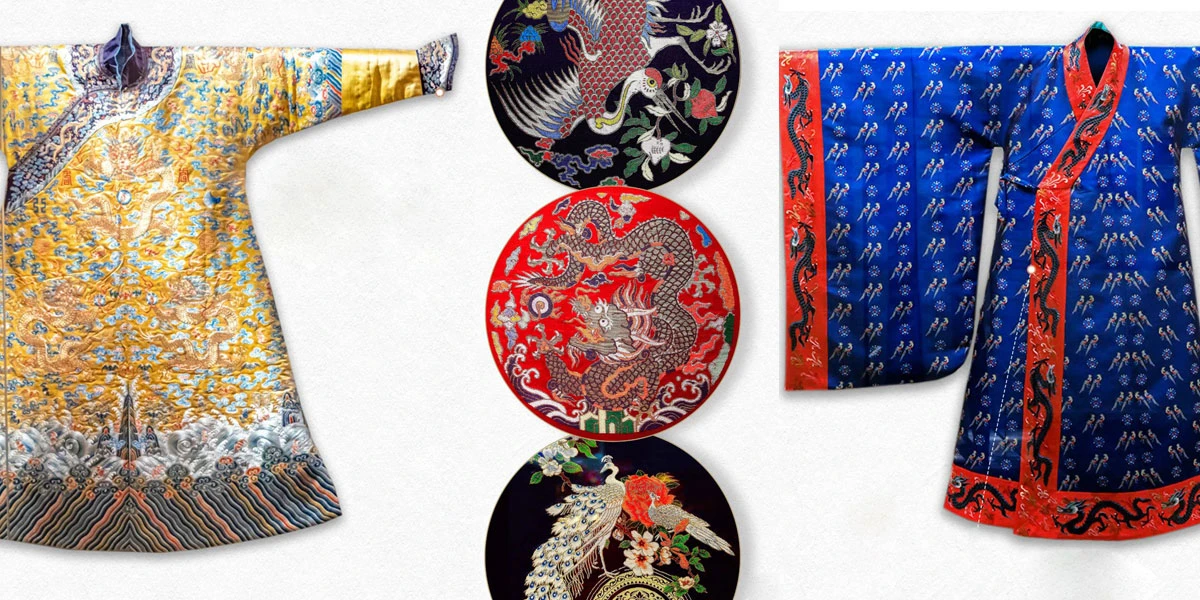
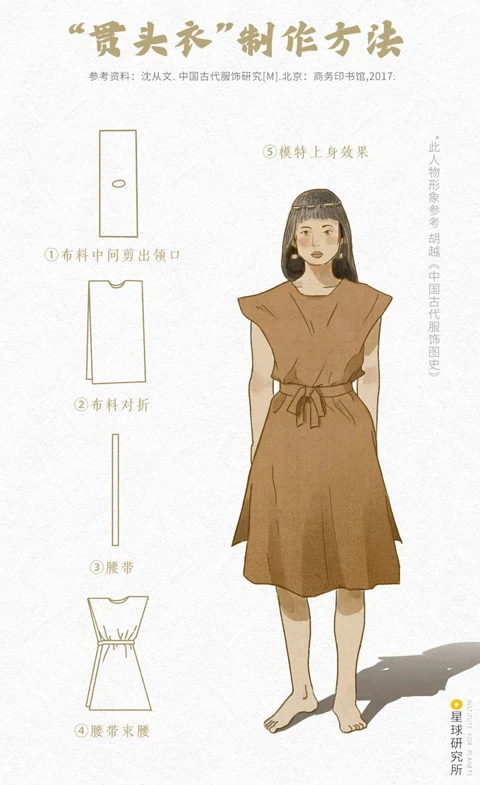
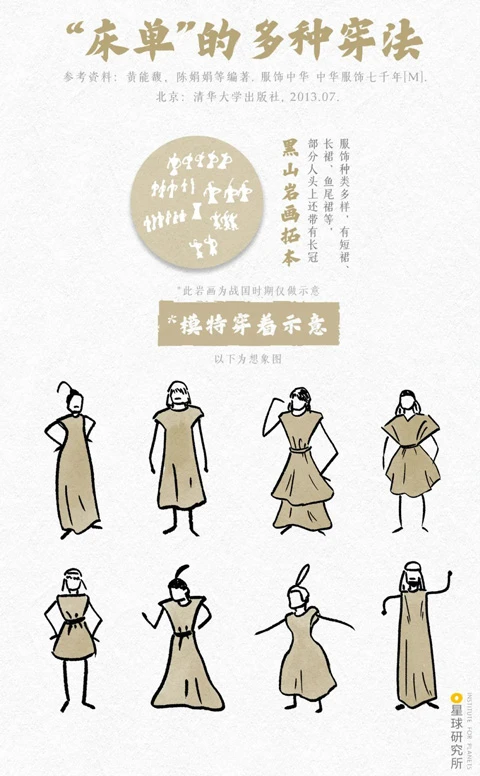
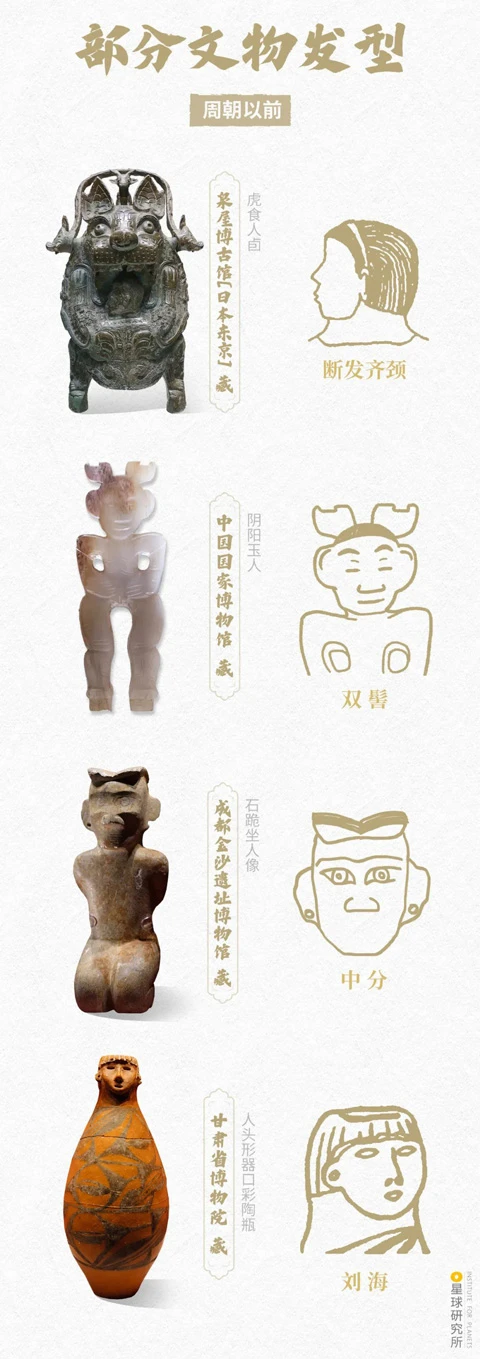
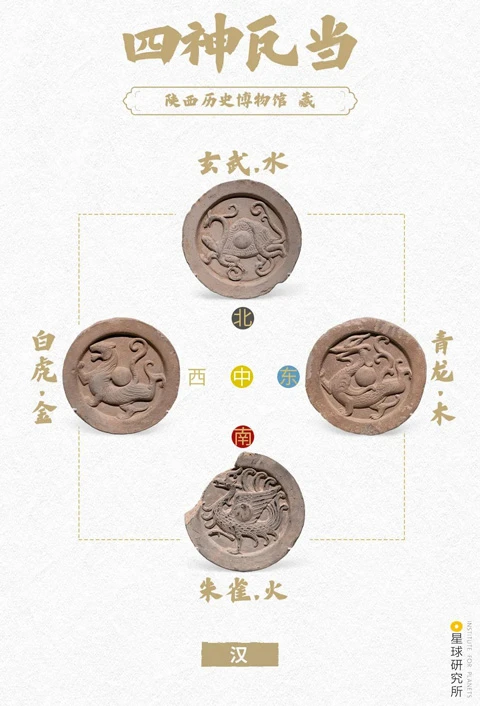
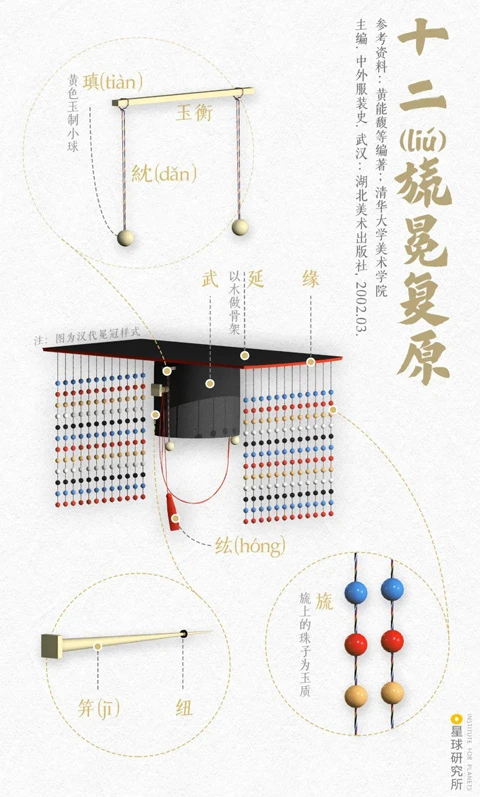
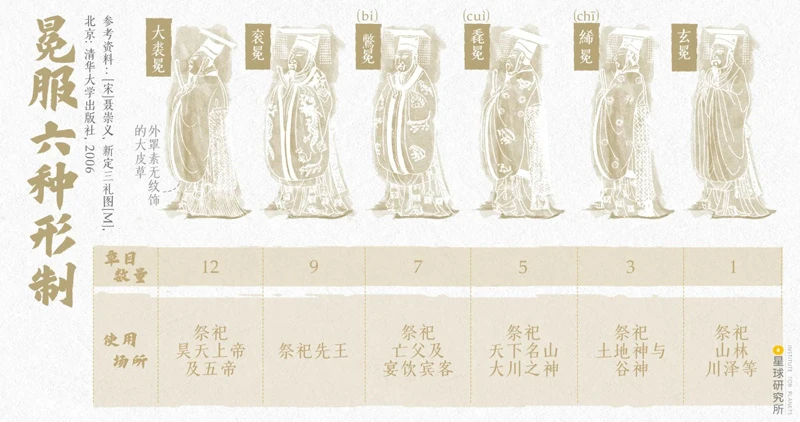
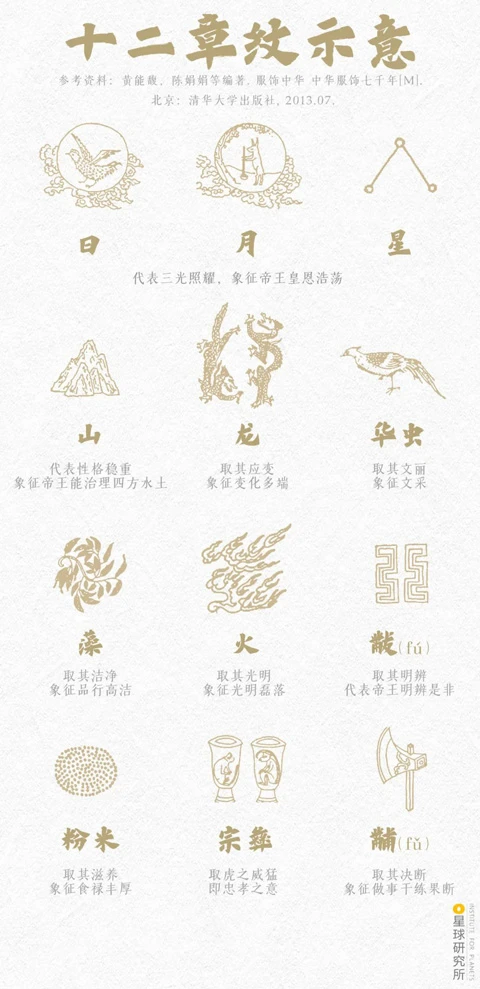
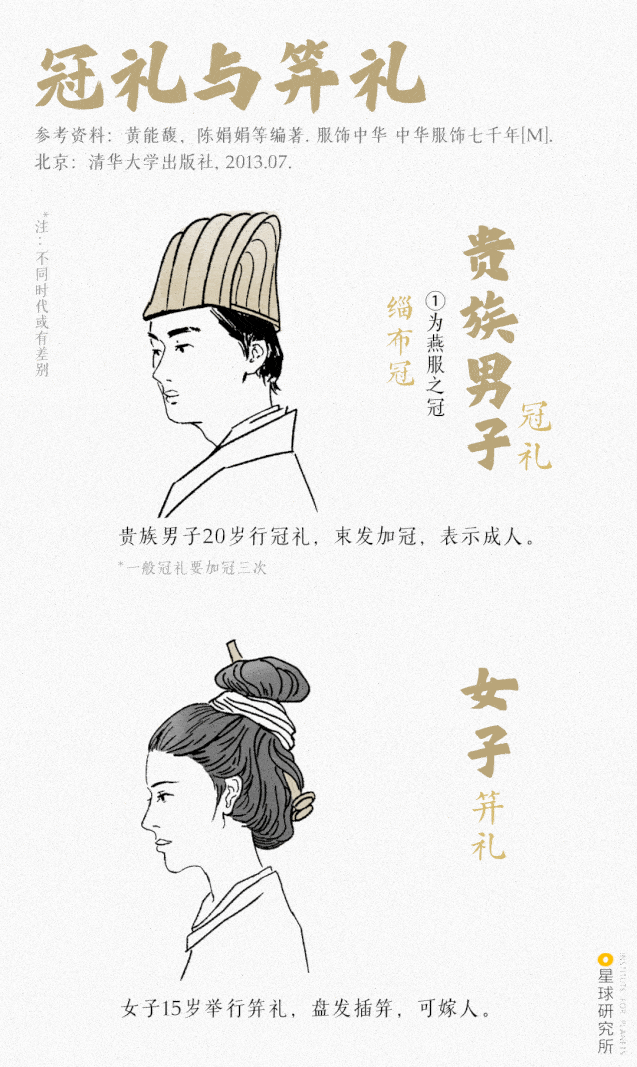
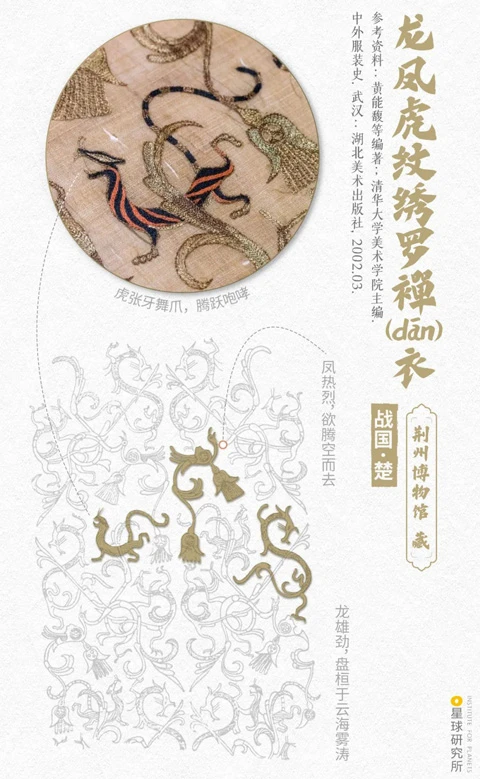
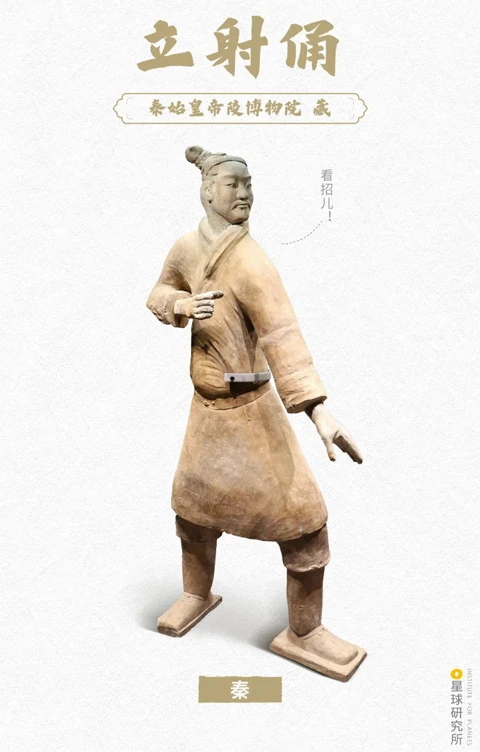
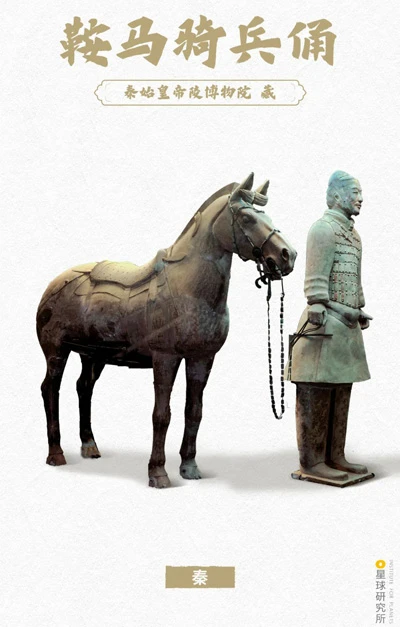
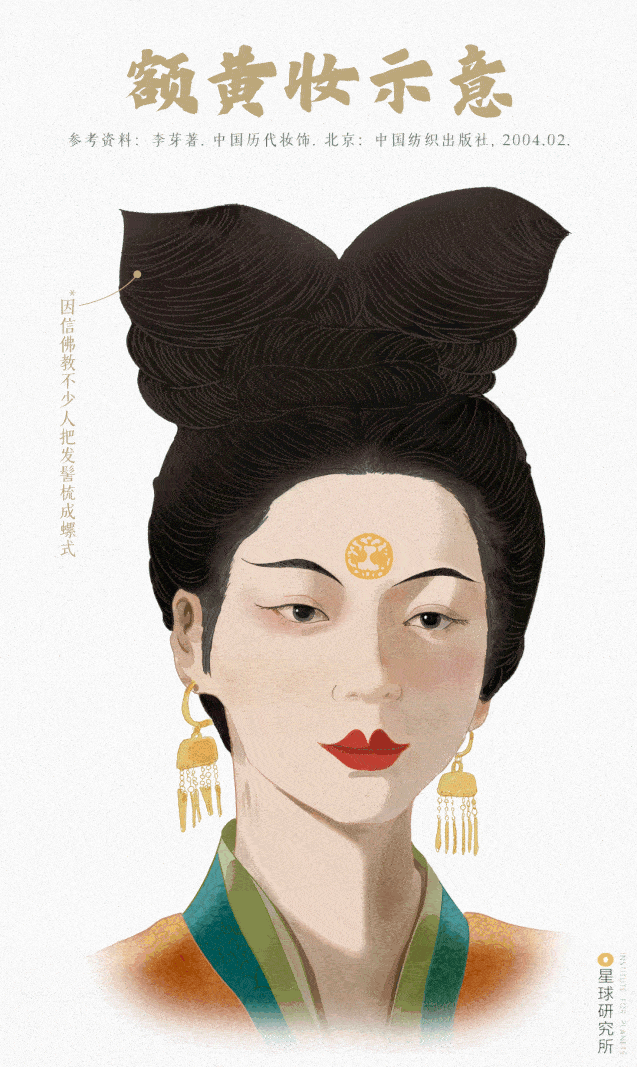
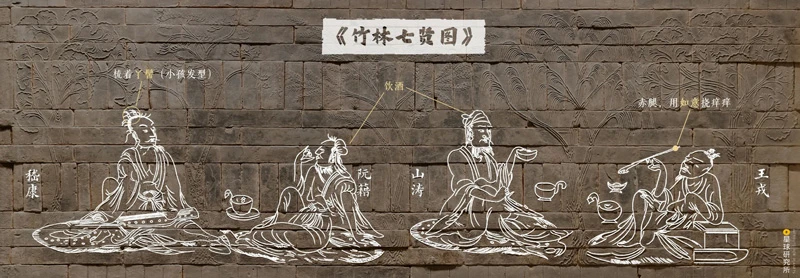
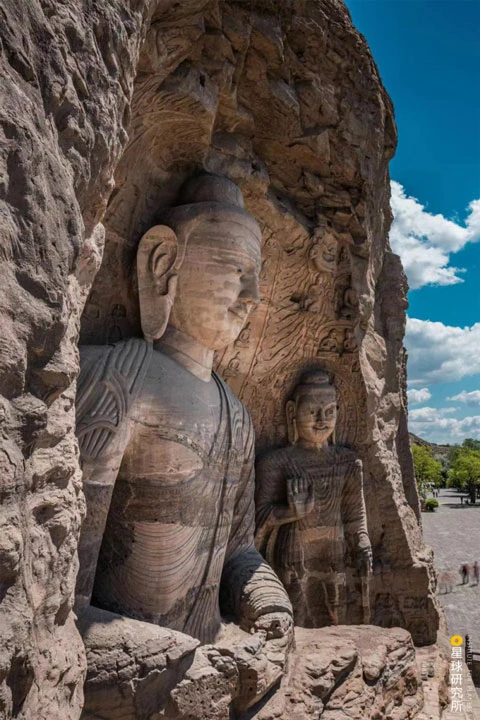
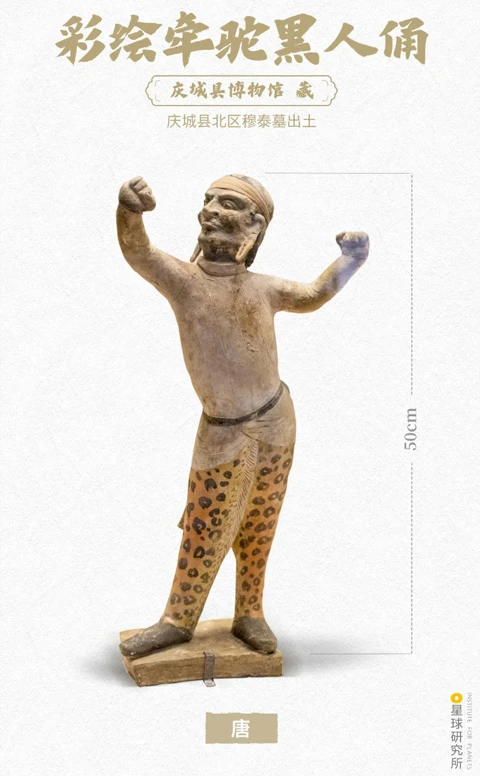
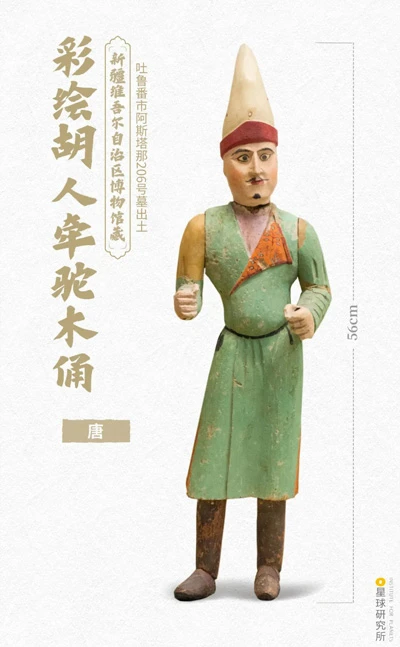
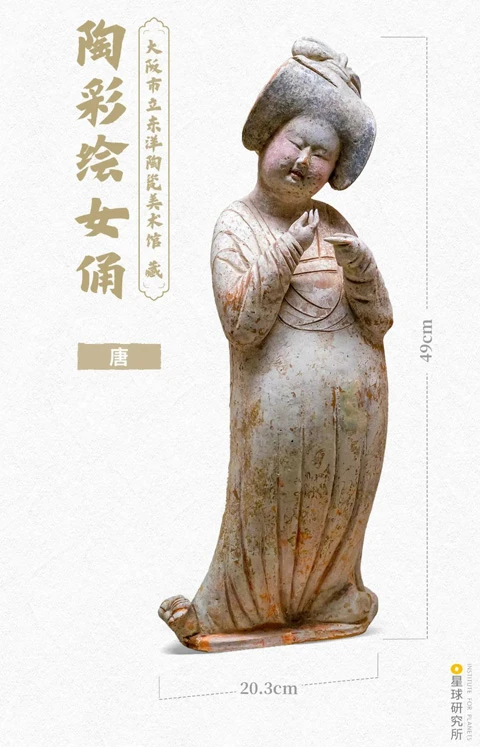
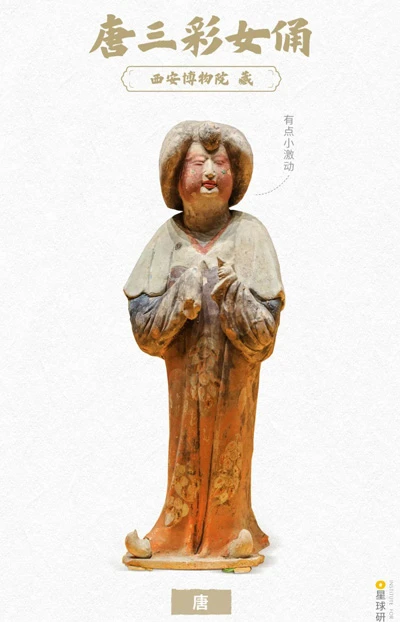
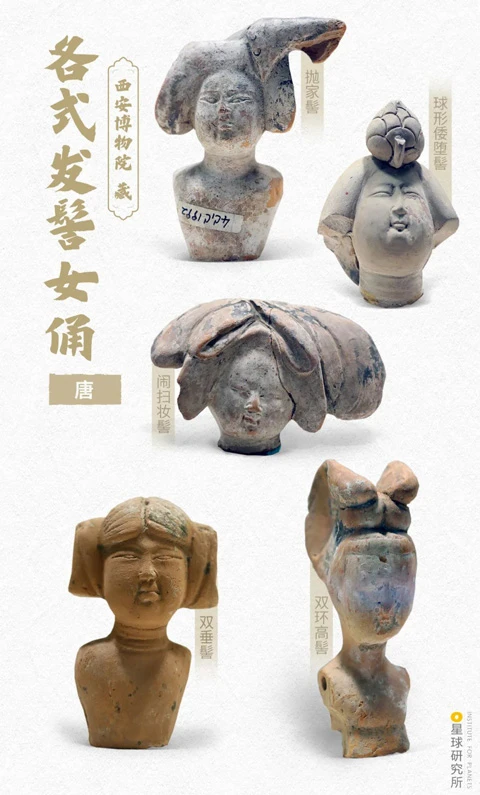
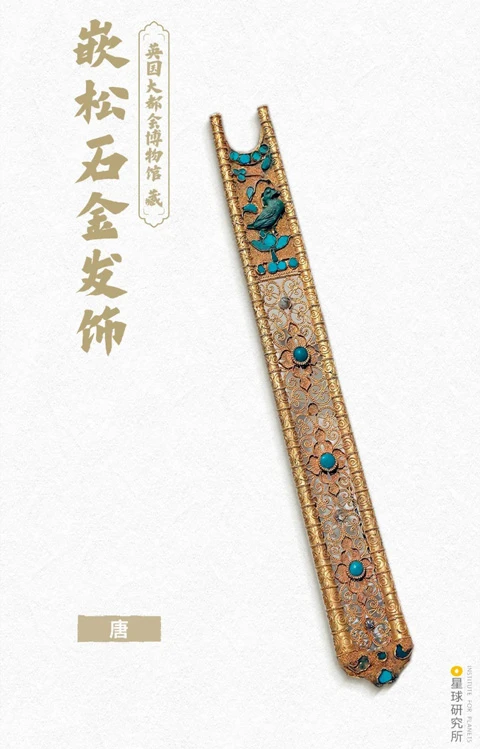
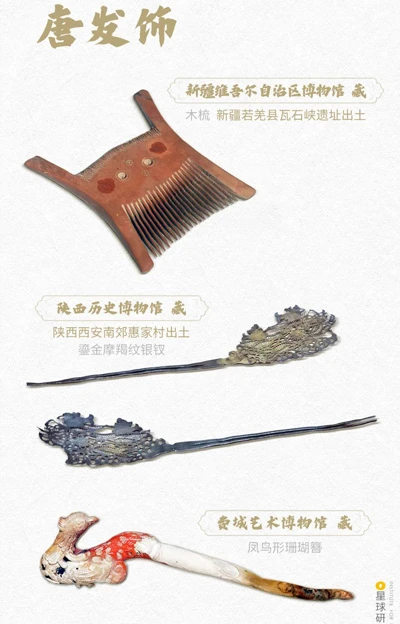
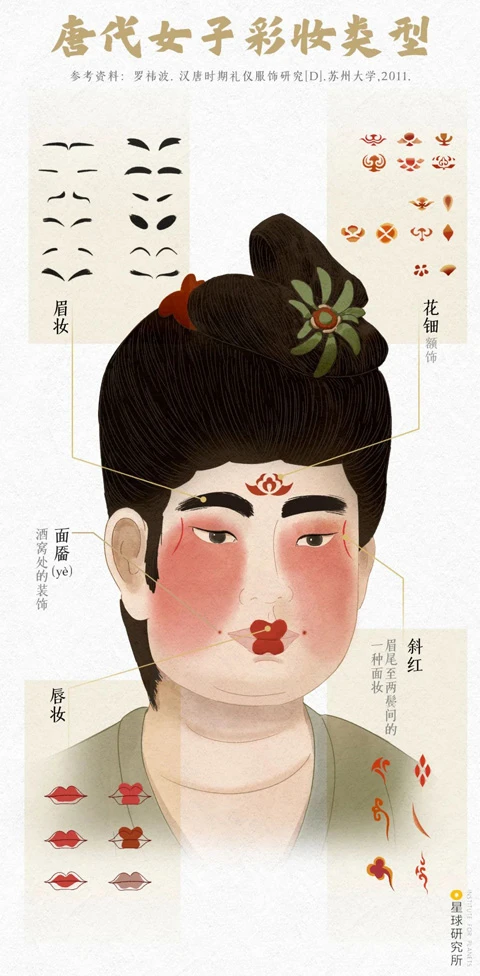
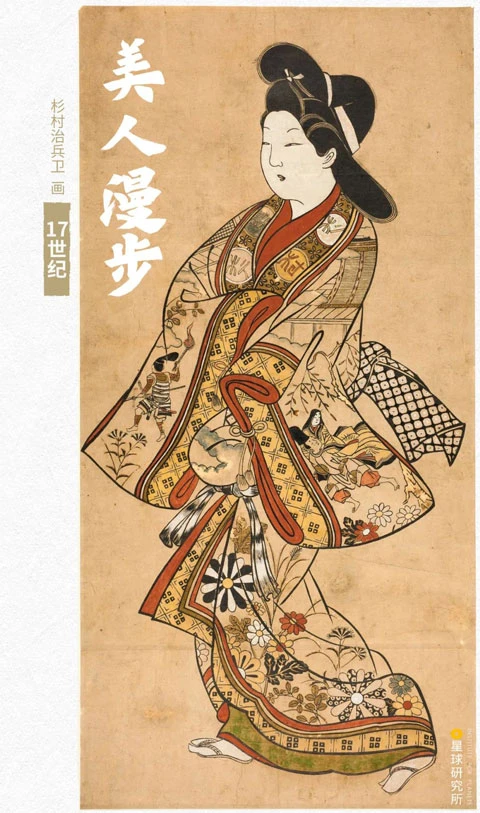
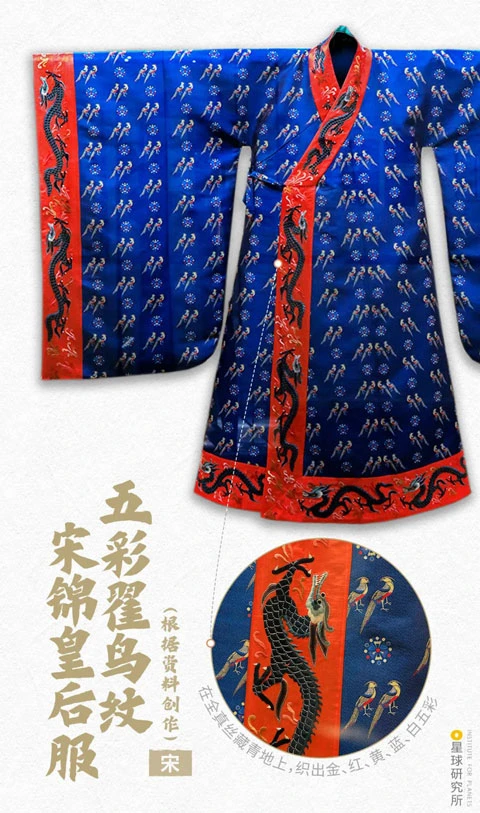
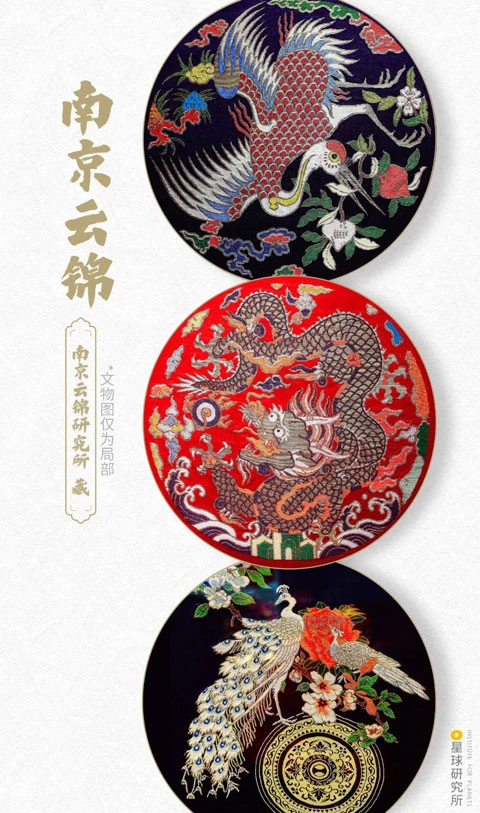
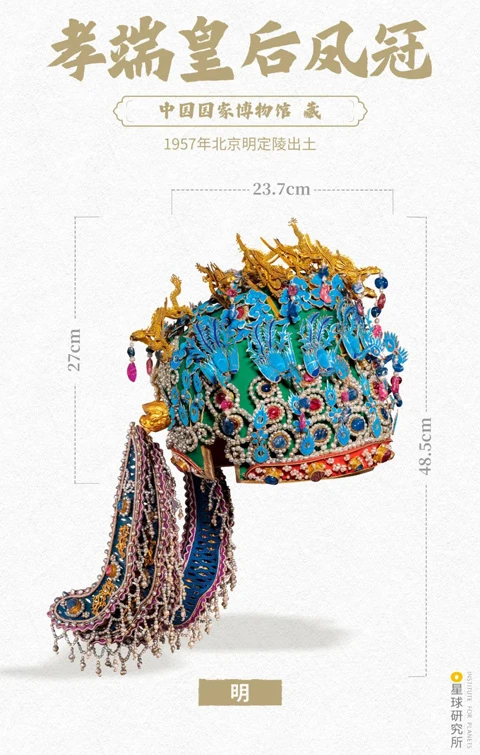
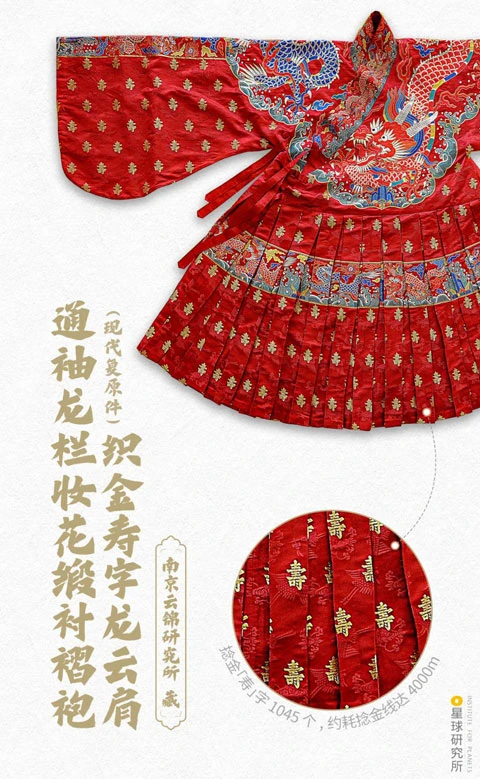

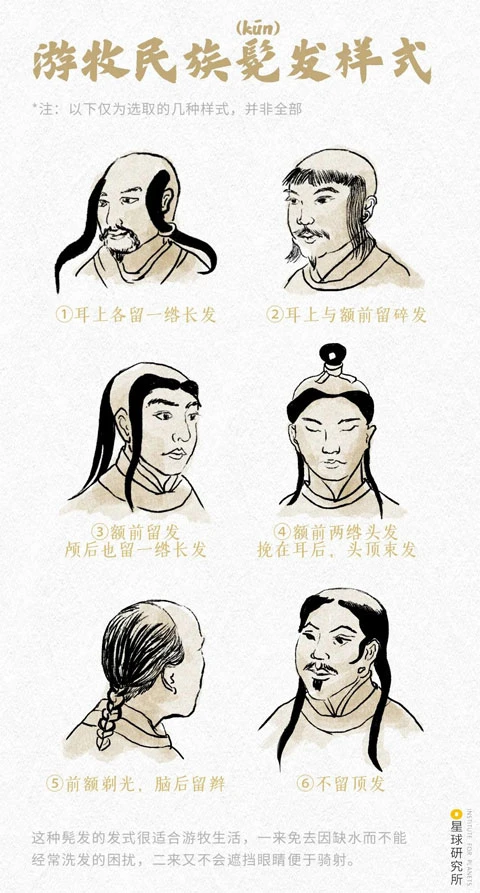
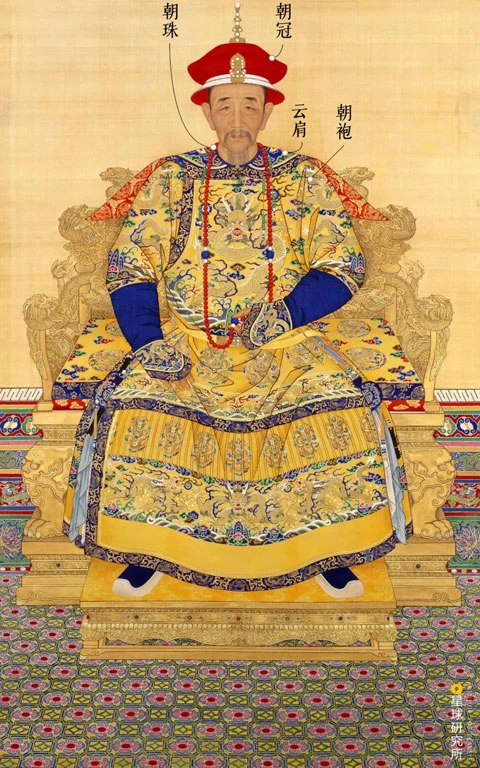
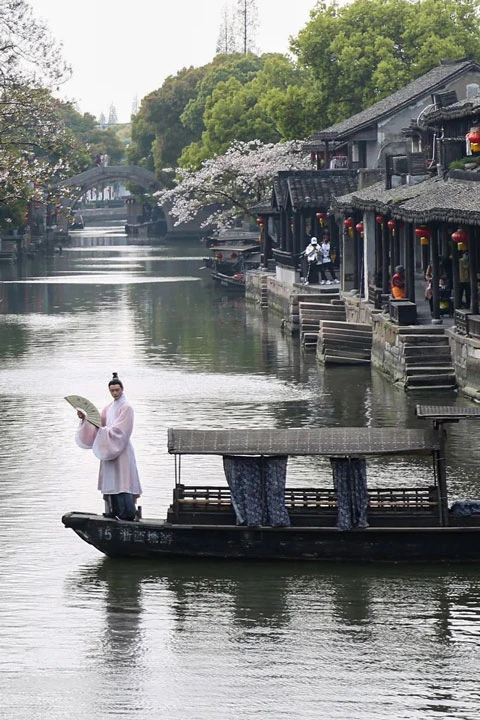
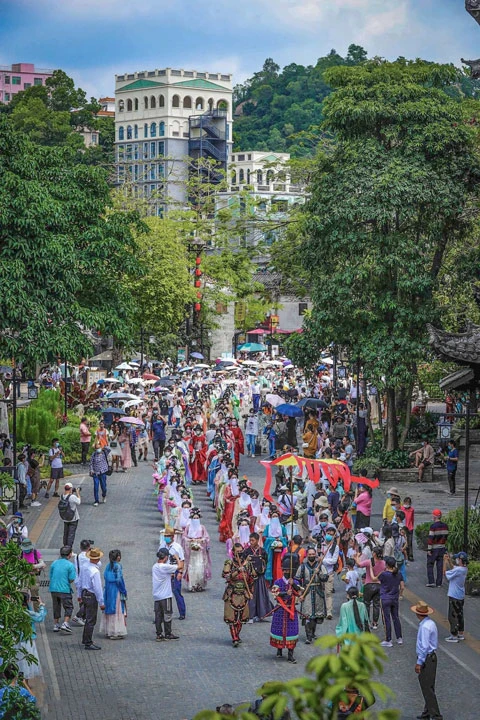

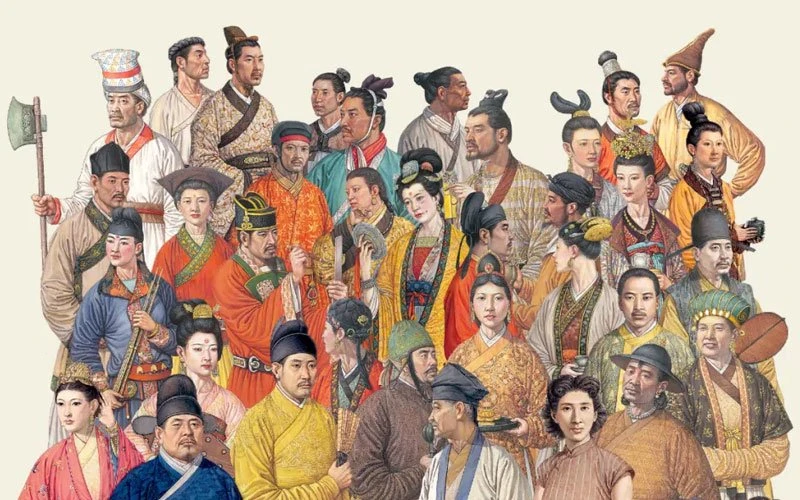
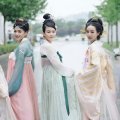

Some (English) textile terms, based on the pictures: - "Fanglun (纺轮, spinning wheel)" looks like a "drop spindle" (https://spinoffmagazine.com/about-drop-spindle-spinning/) - "Yaoji (腰机, waist machine)" looks like a "backstrap loom" (https://backstrapweaving.wordpress.com/backstrap-basics-an-article-from-weavezine-by-laverne-waddington/)
That later Ming jewelry really is exquisite! This is a really helpful and cool article, I learned so much! Thank you! :O
Thank you for making this more accessible to non-Chinese readers 😭✨
thanks for the info👍
😊
Sungguh kreatif memikirkan untuk membuat sesuatu yg berguna
Sangat unik
Woow so detailed 🥰
So exhaustive! this is the absolute reference.